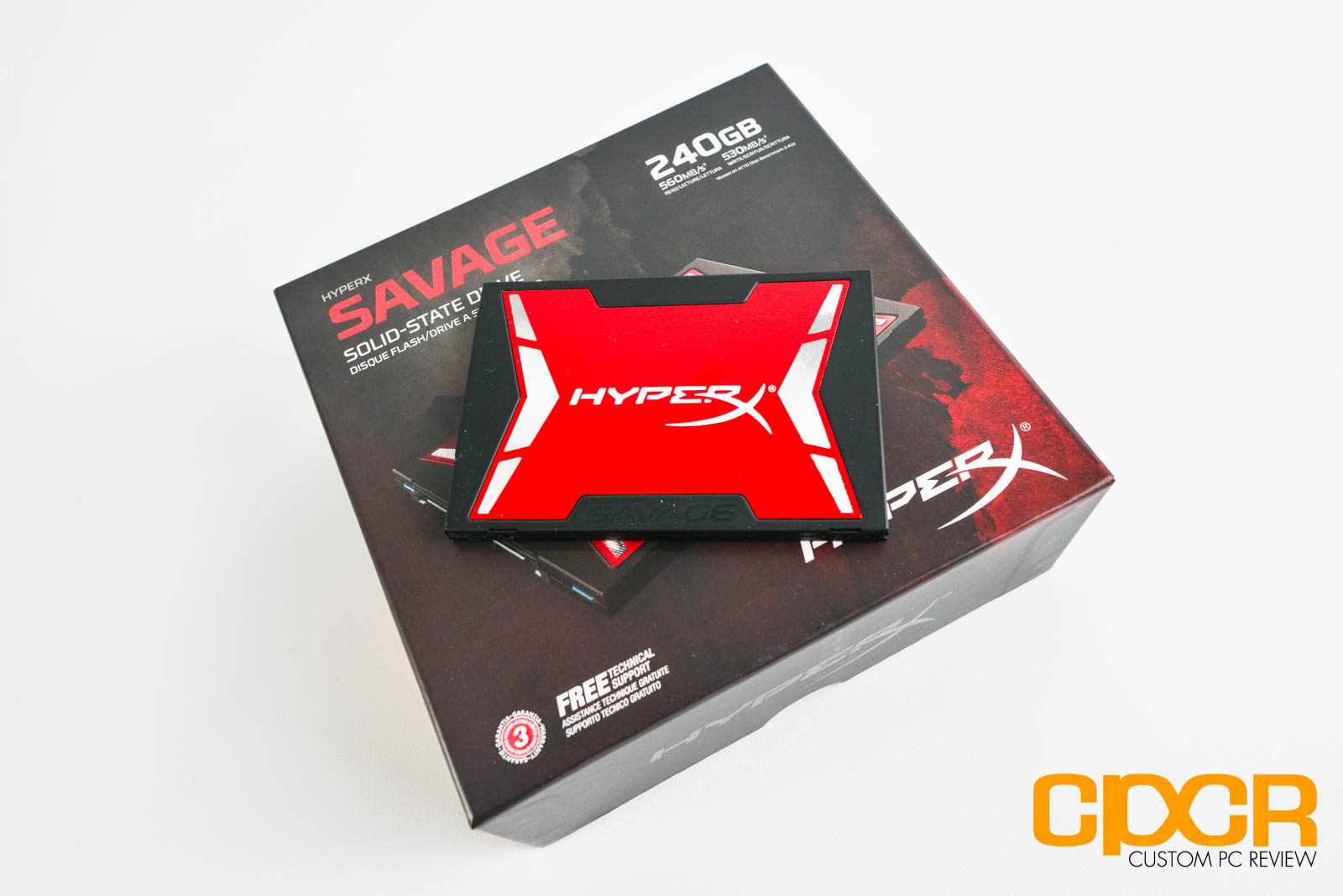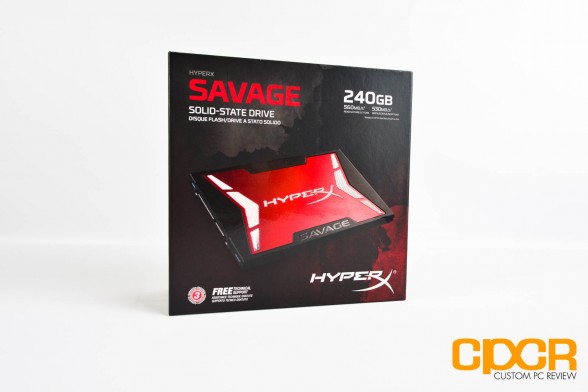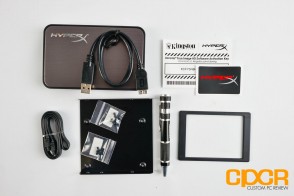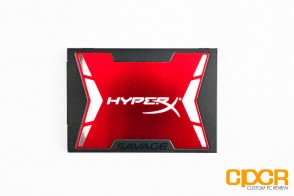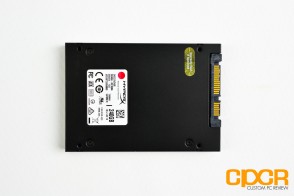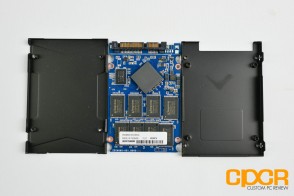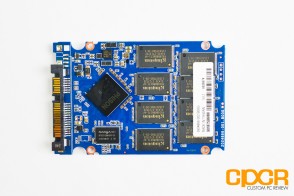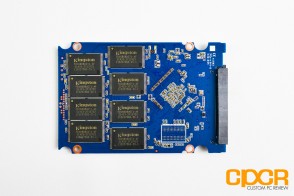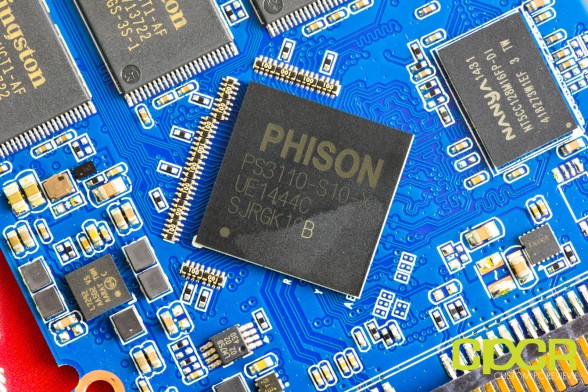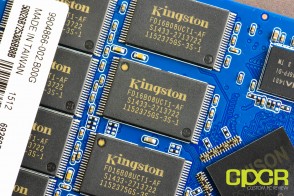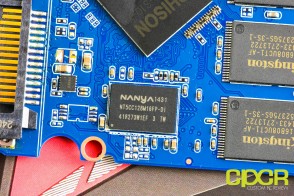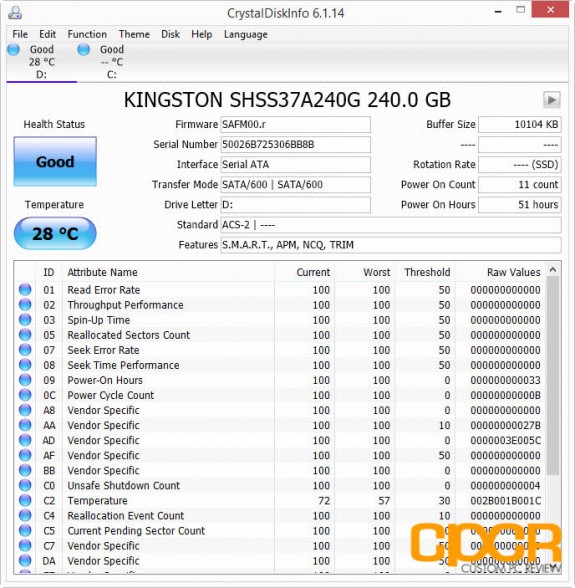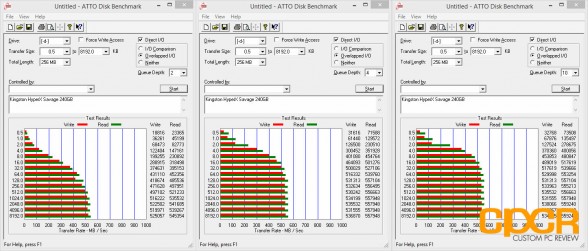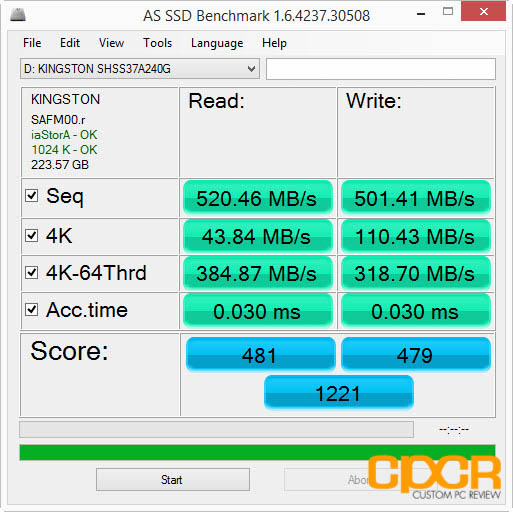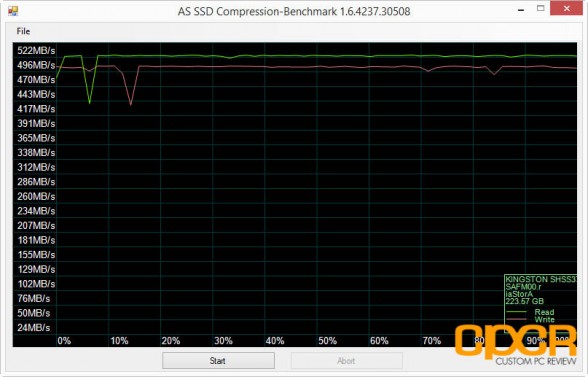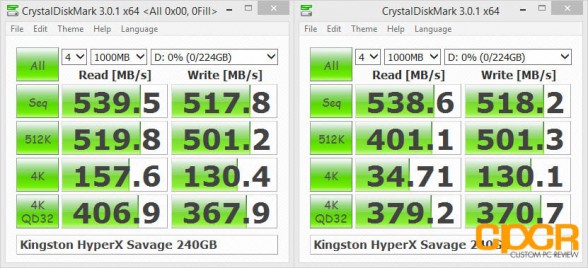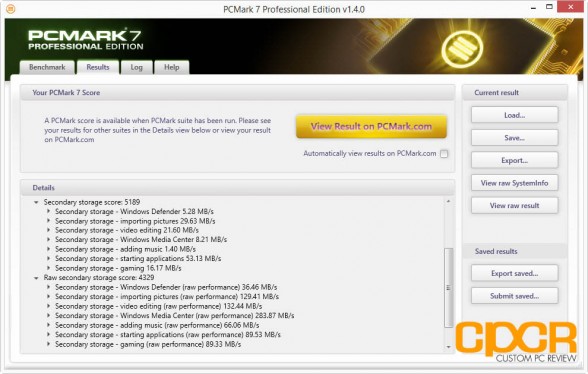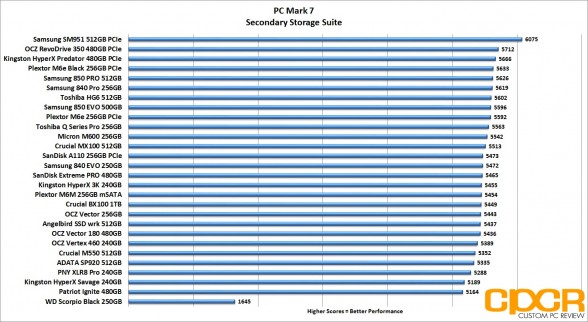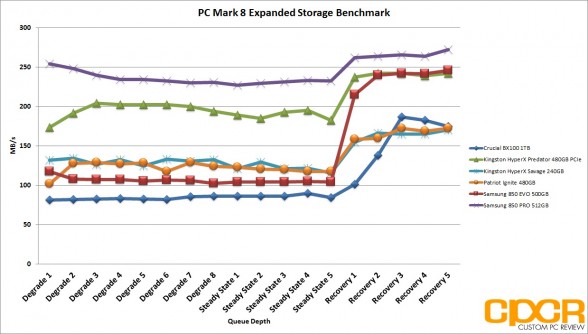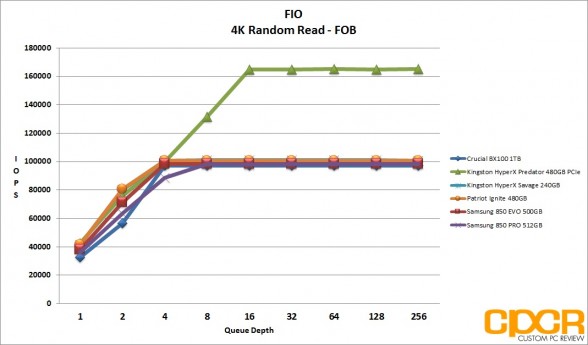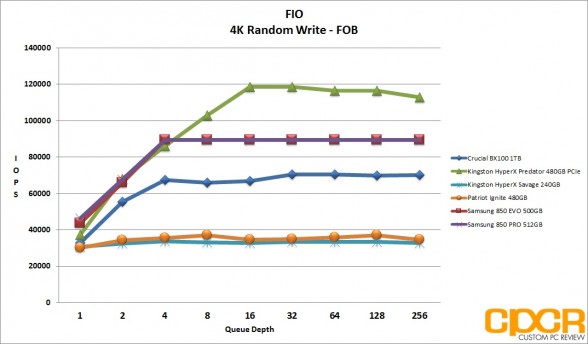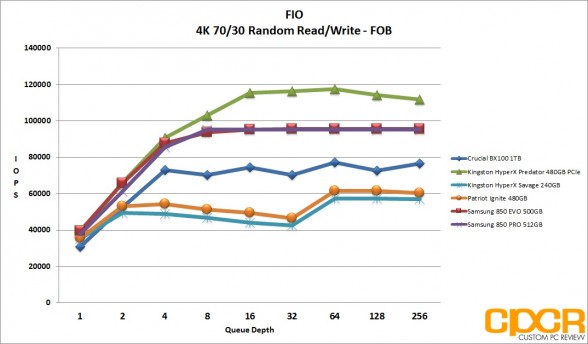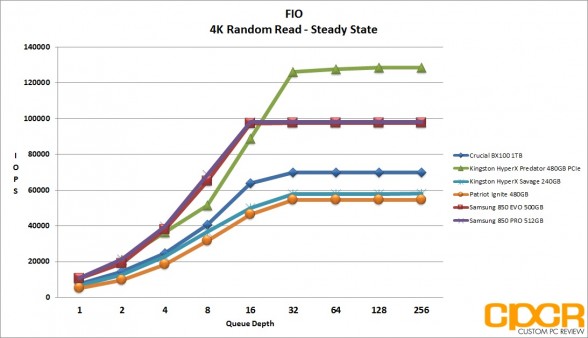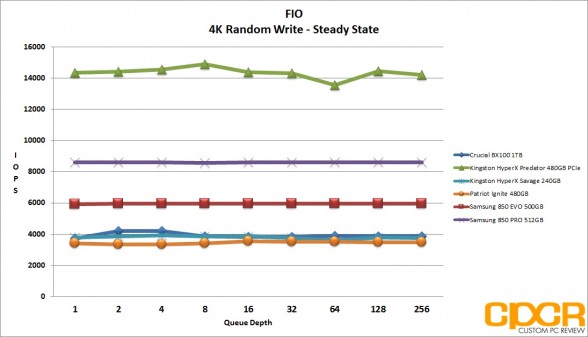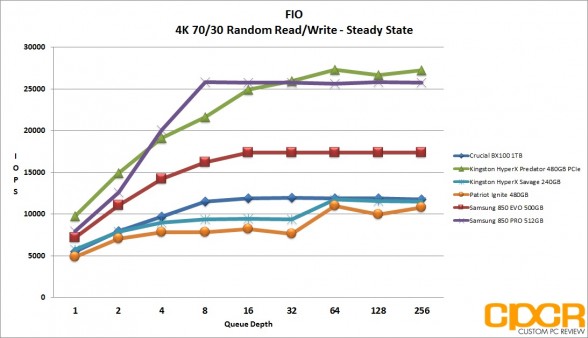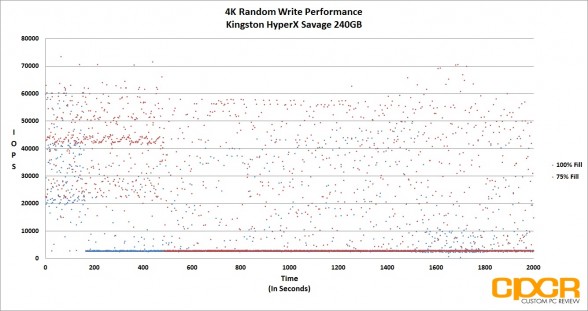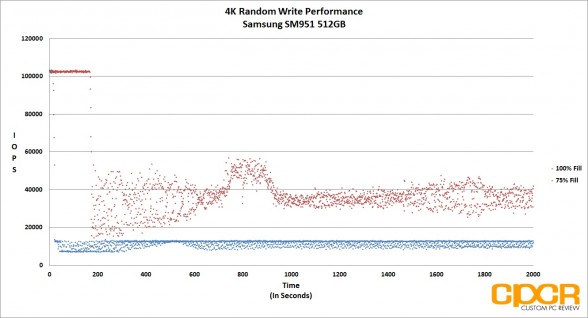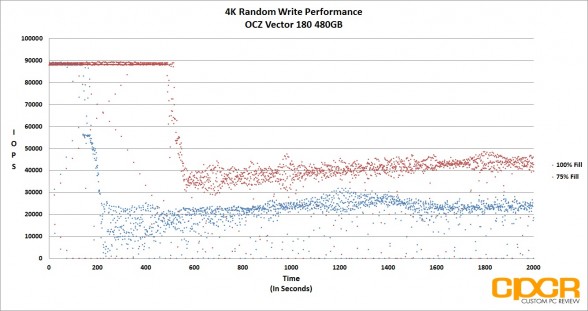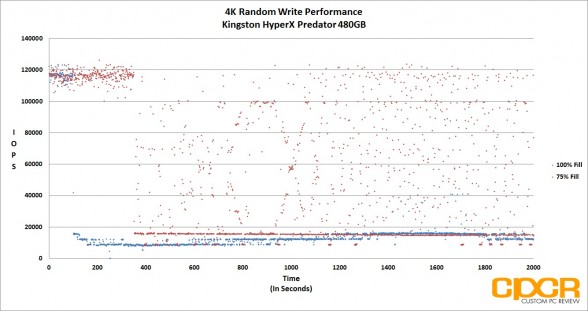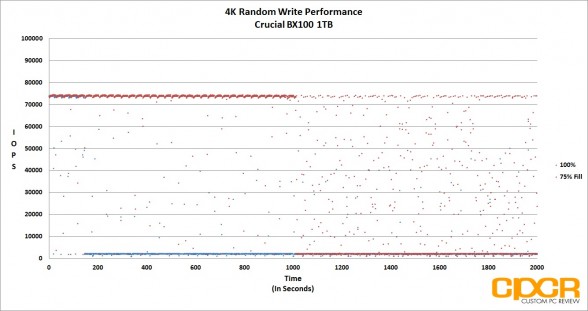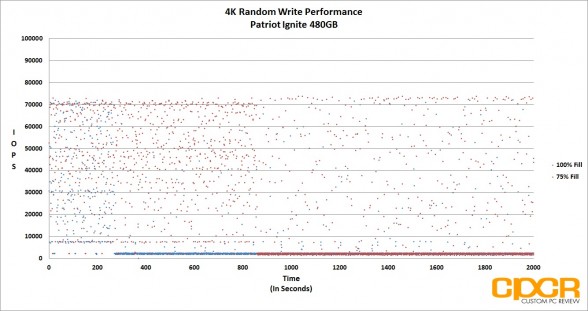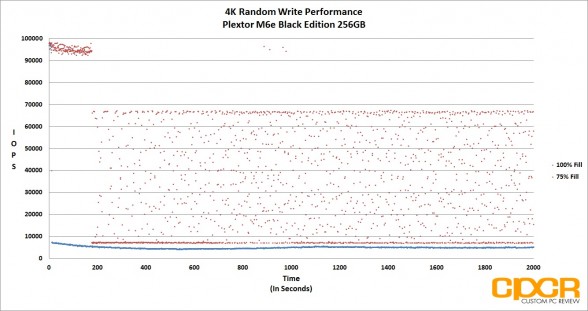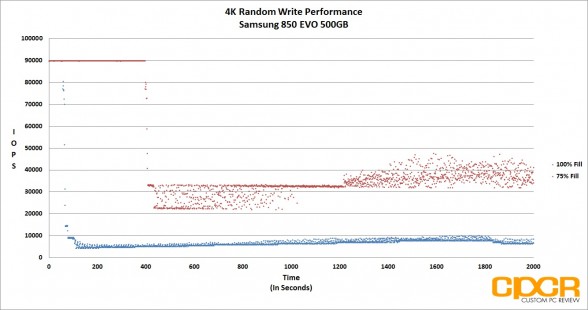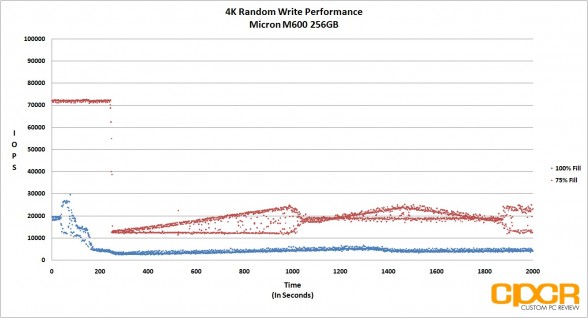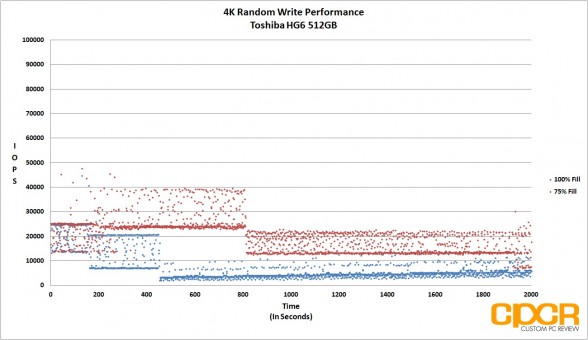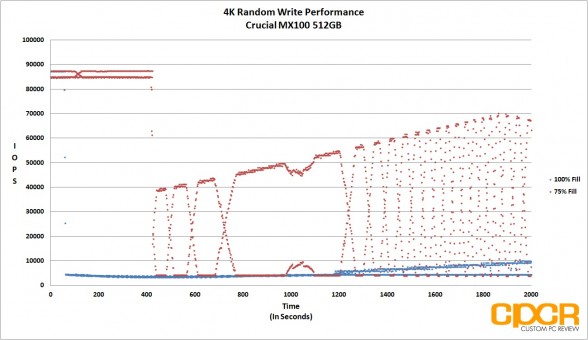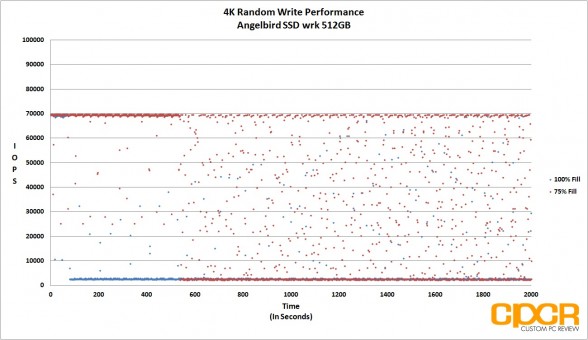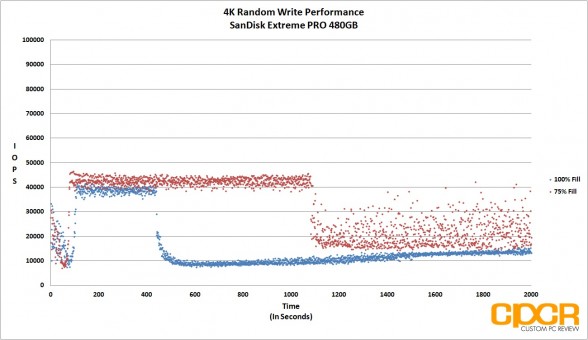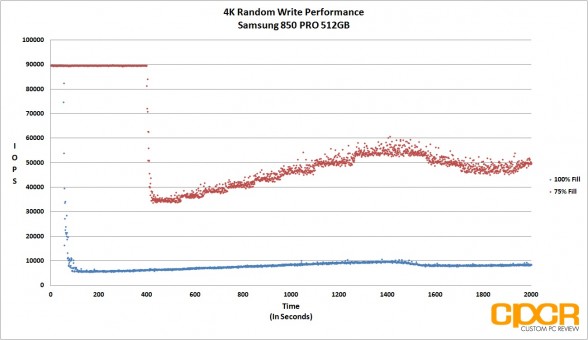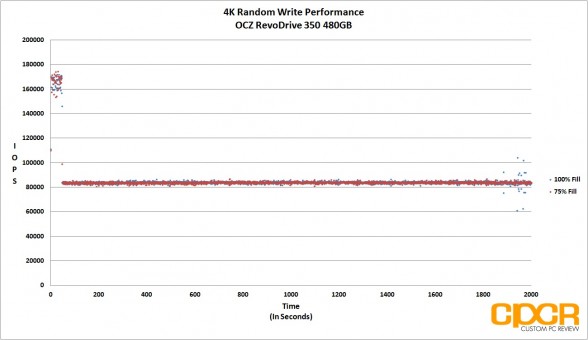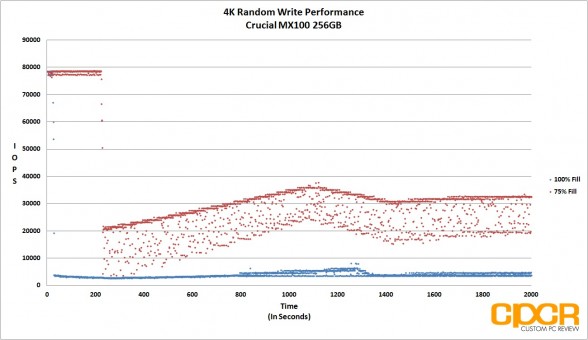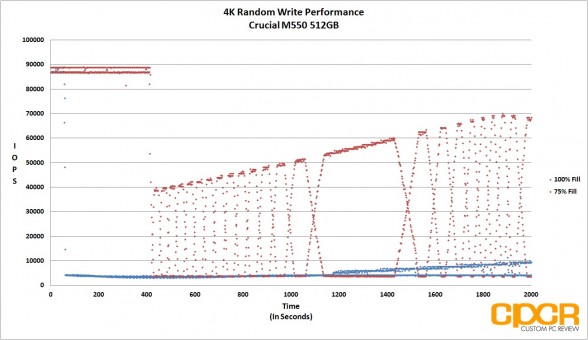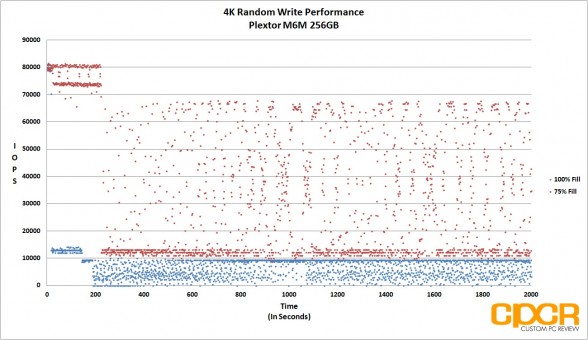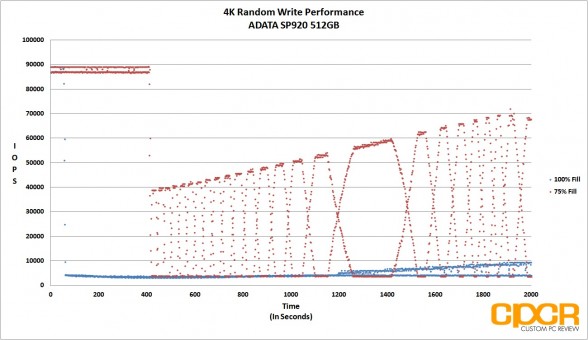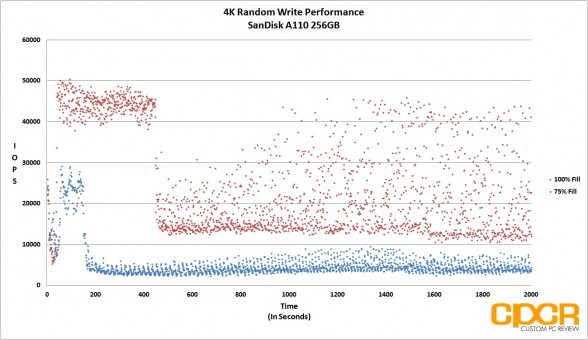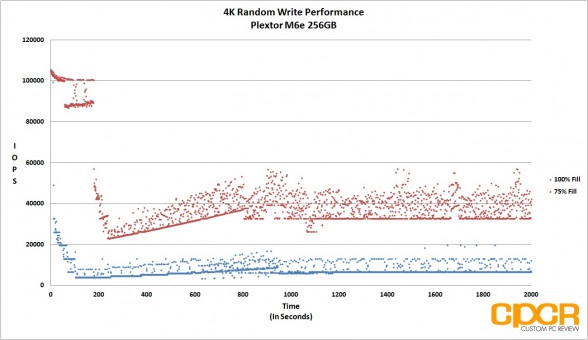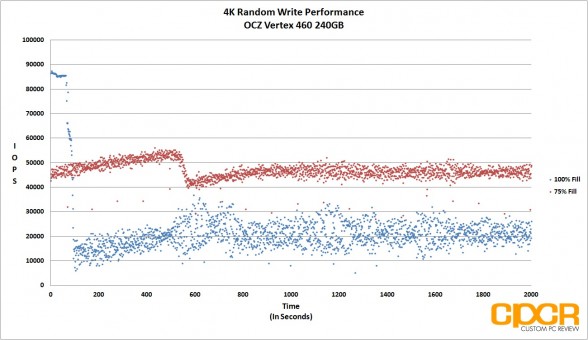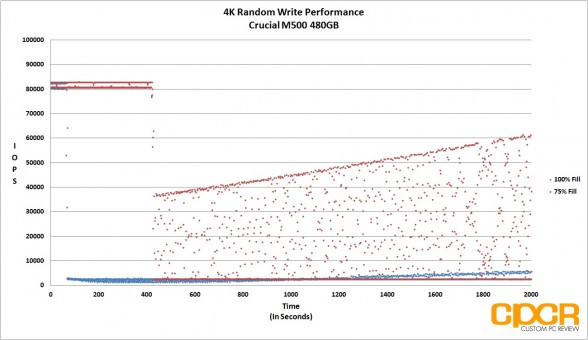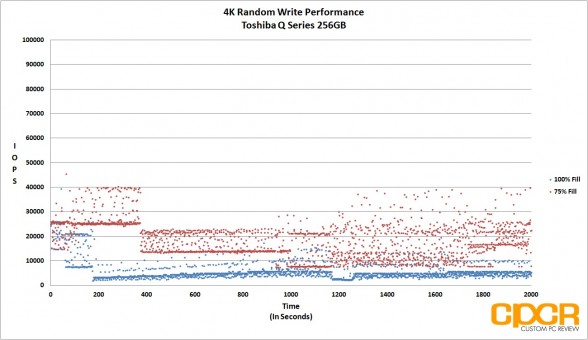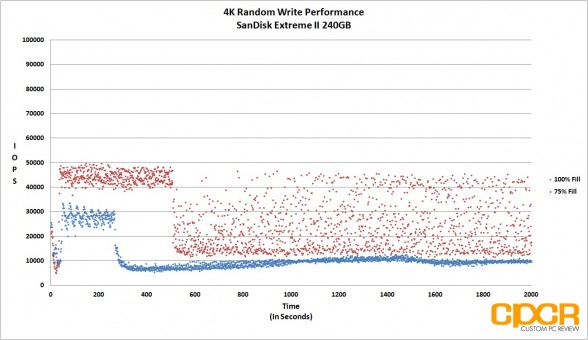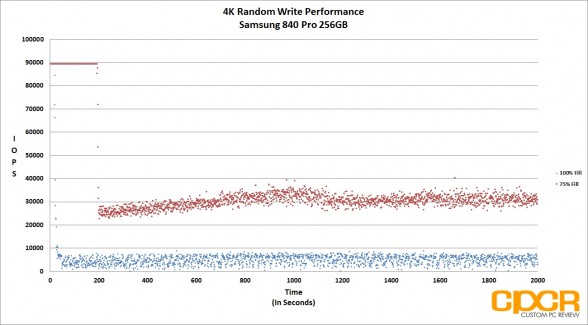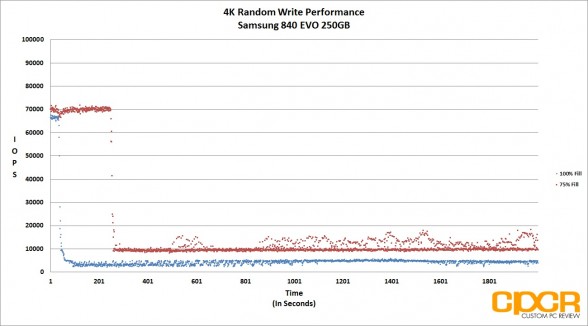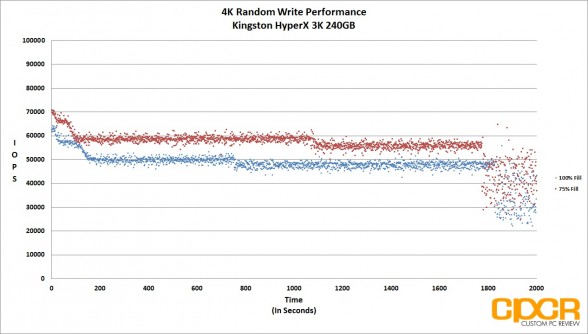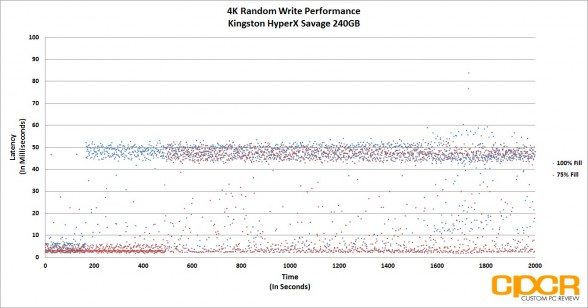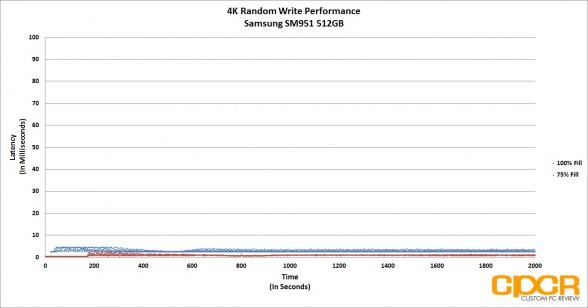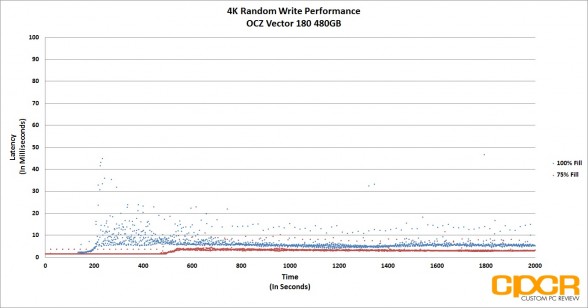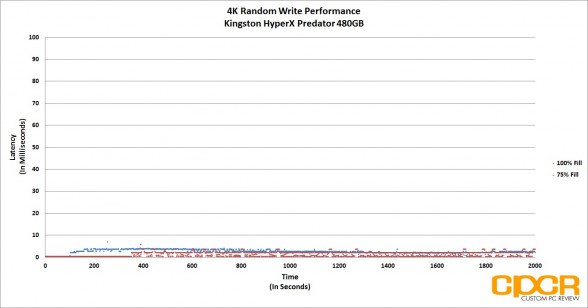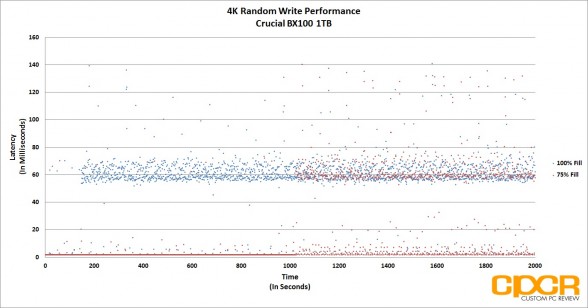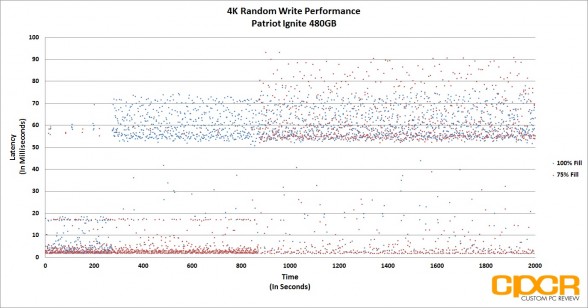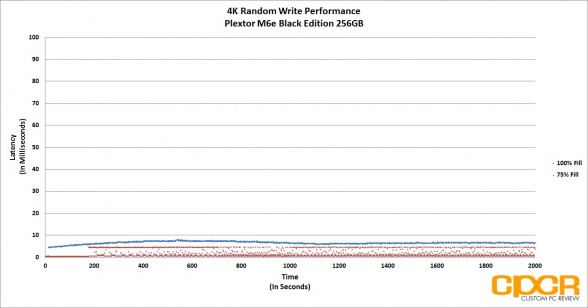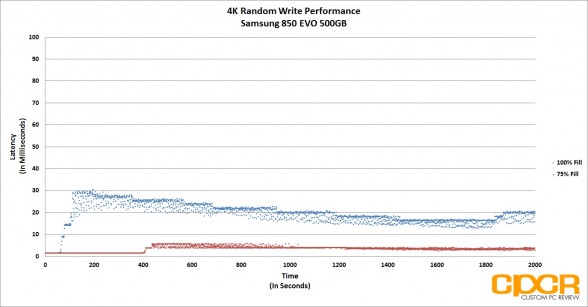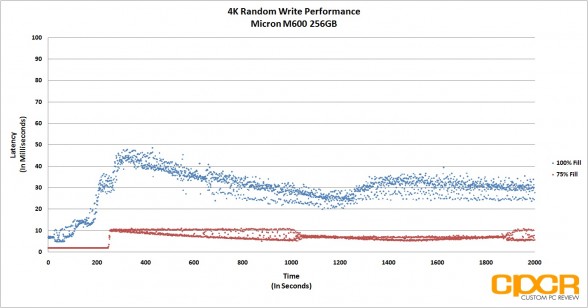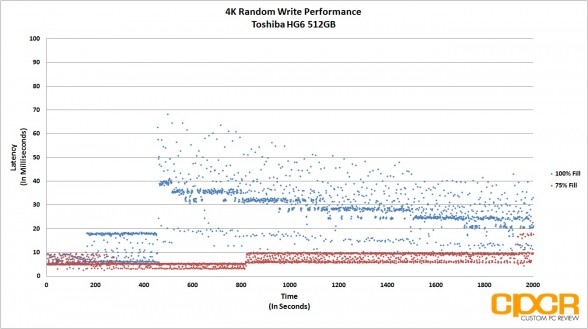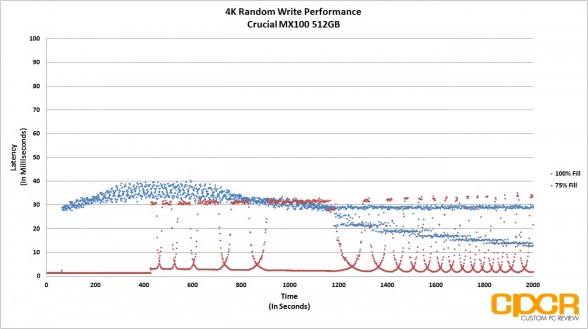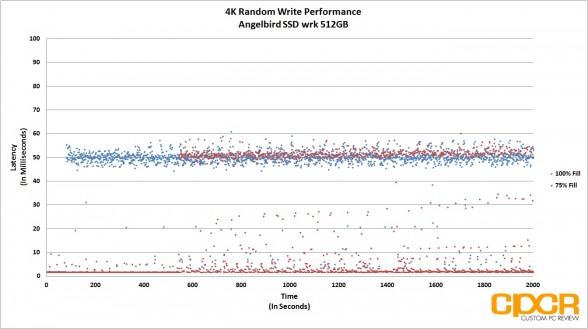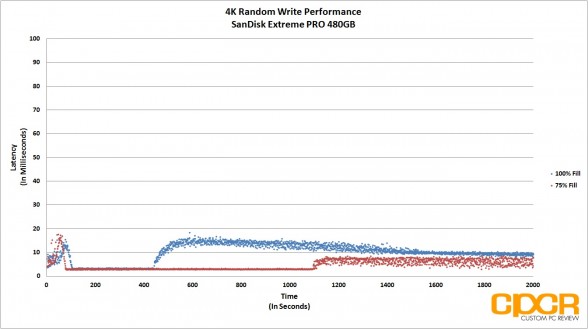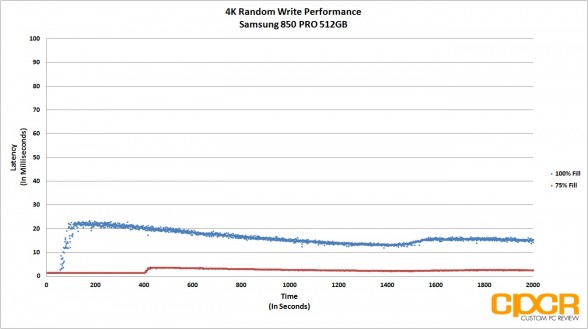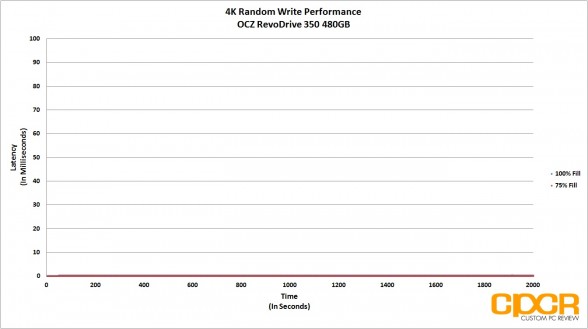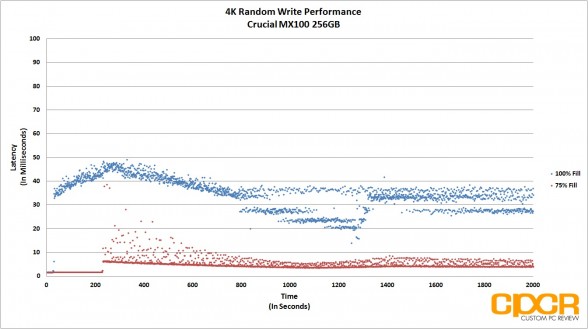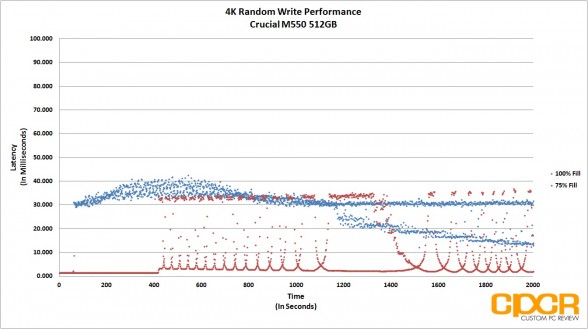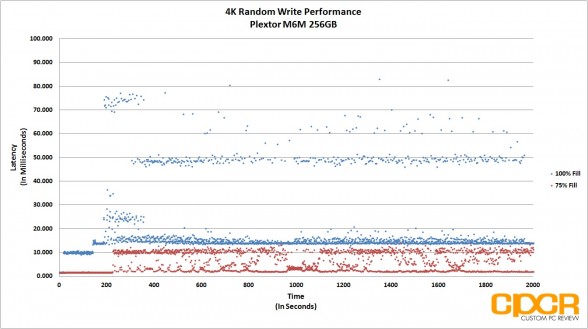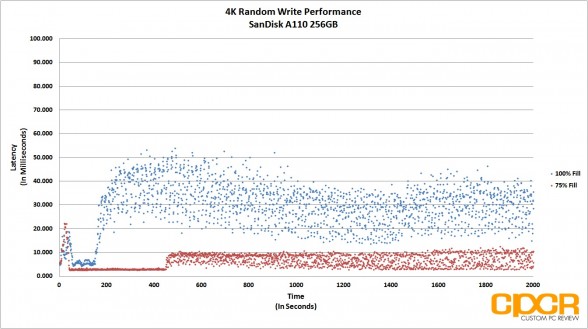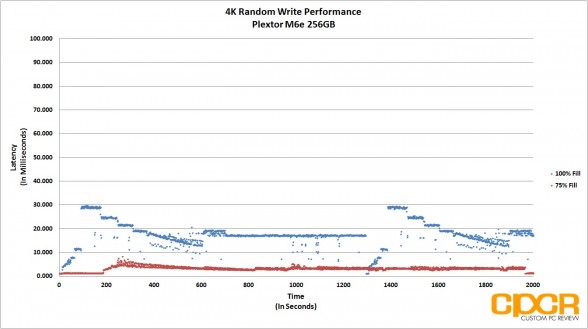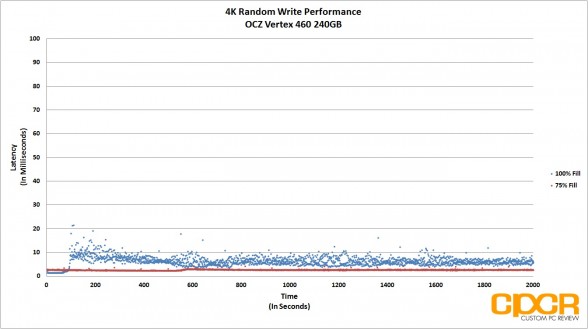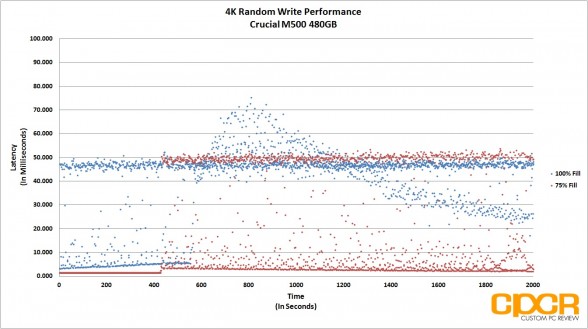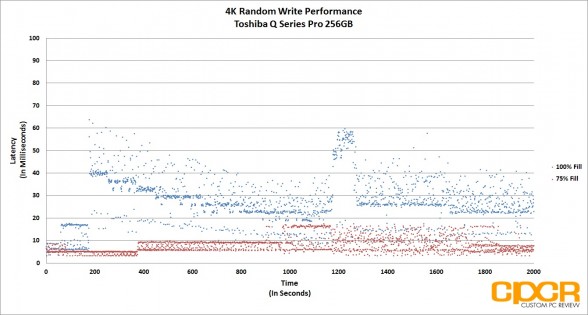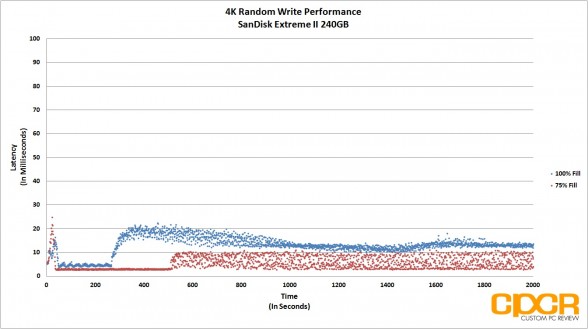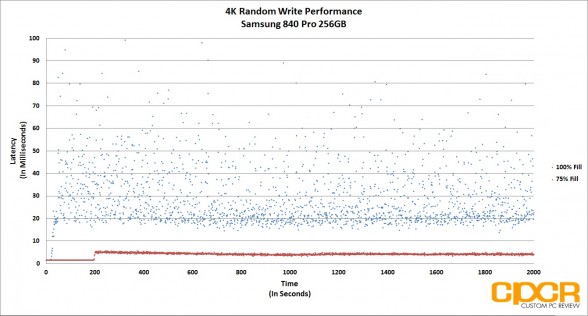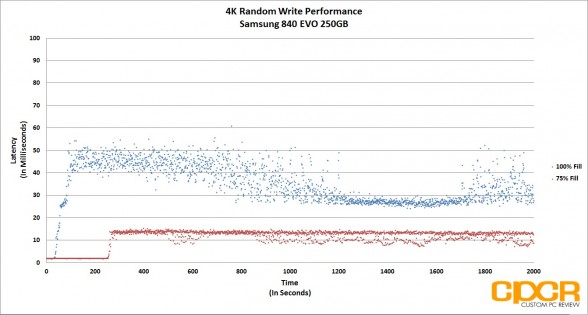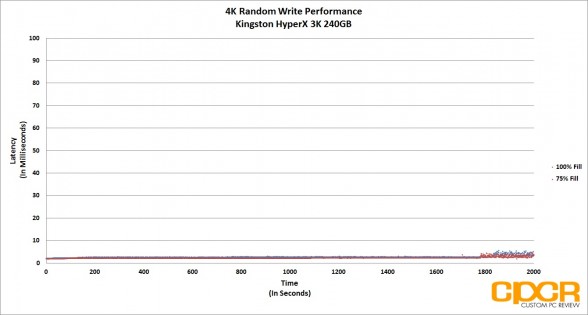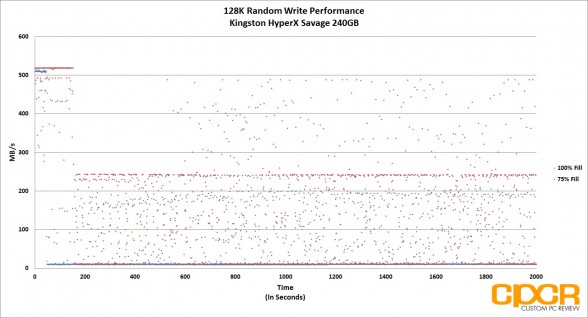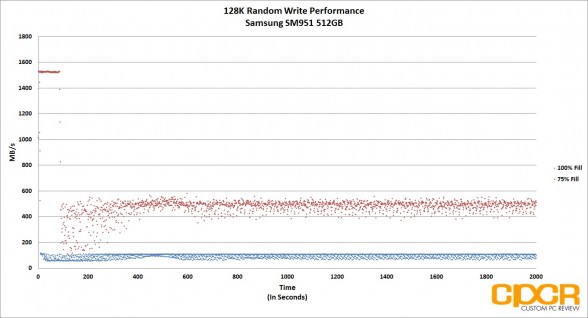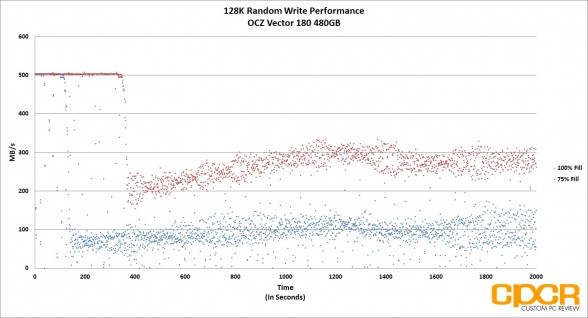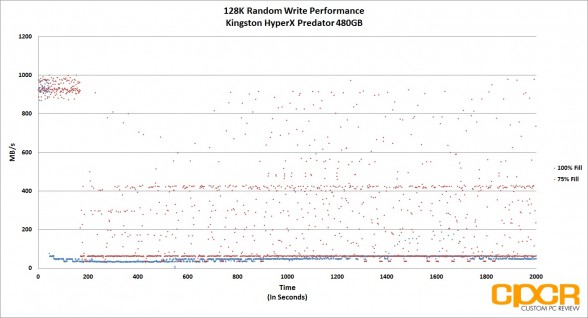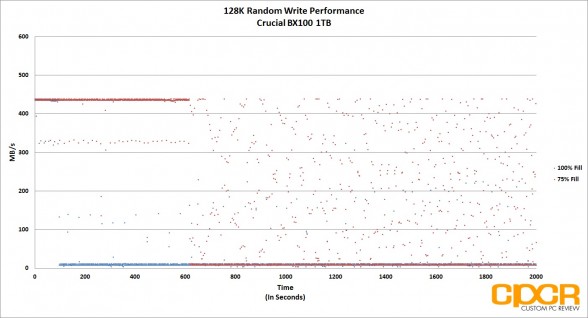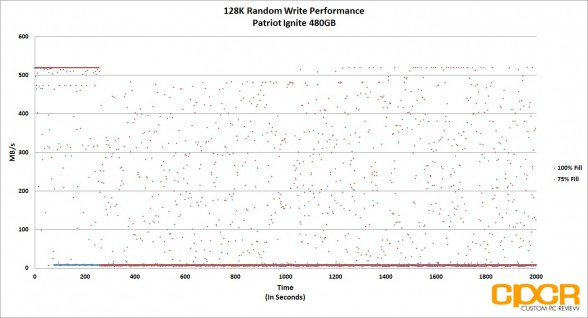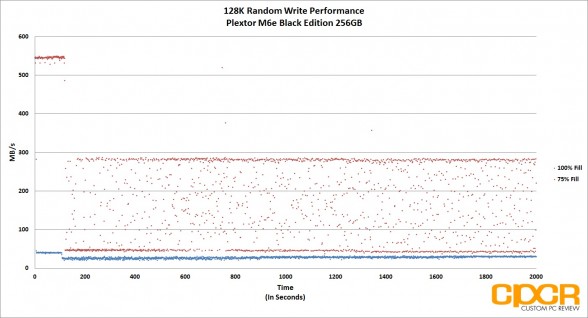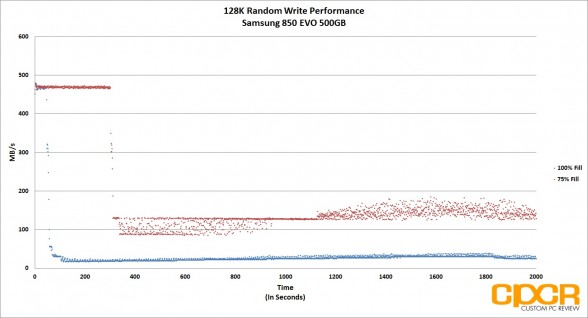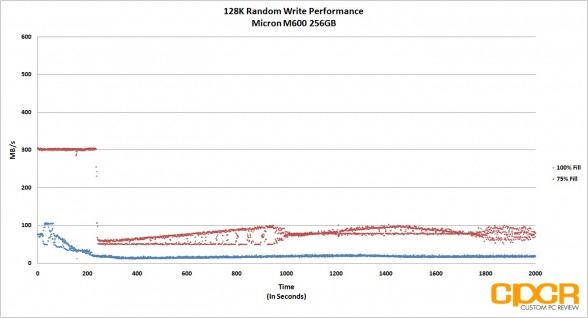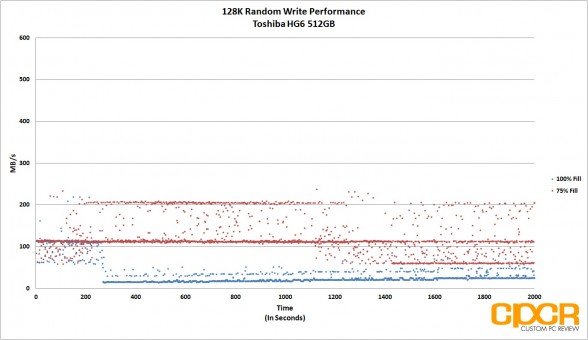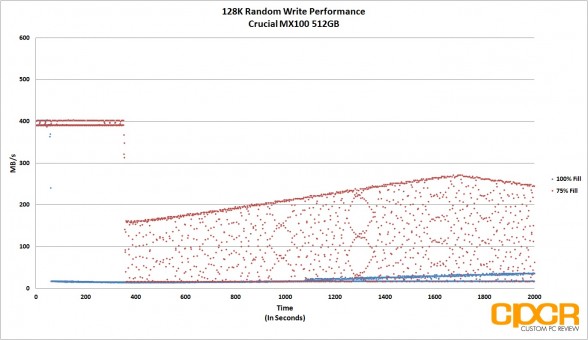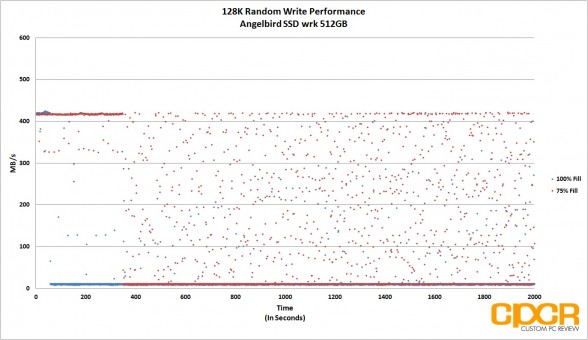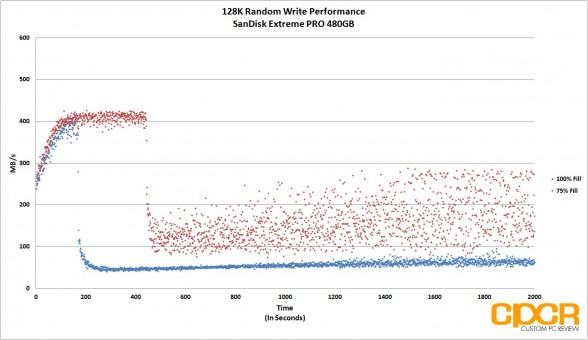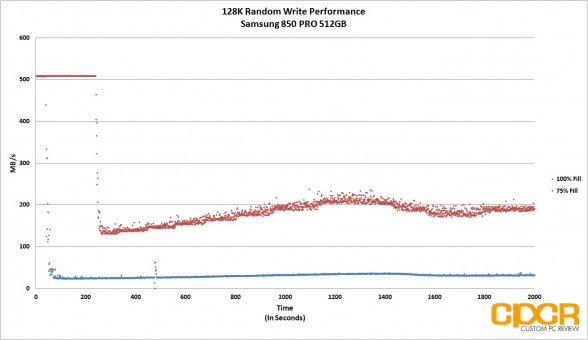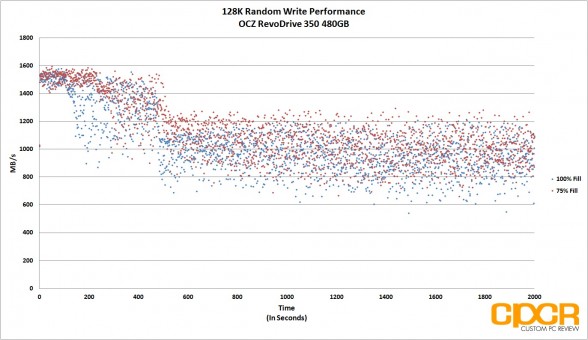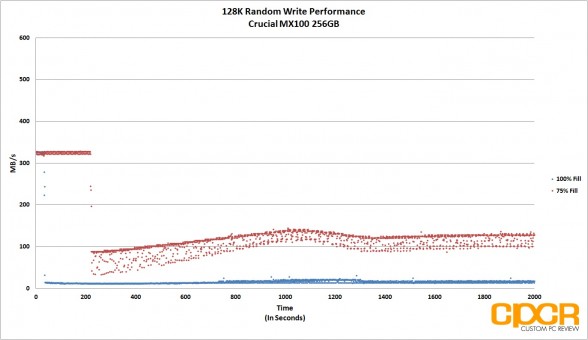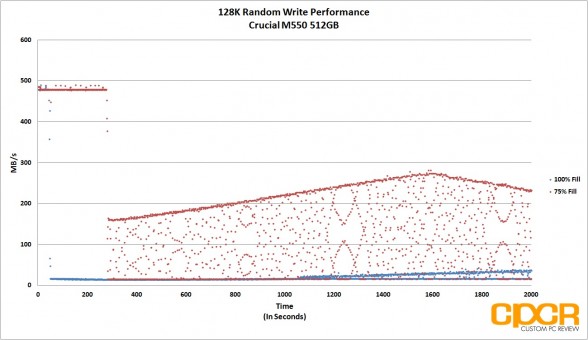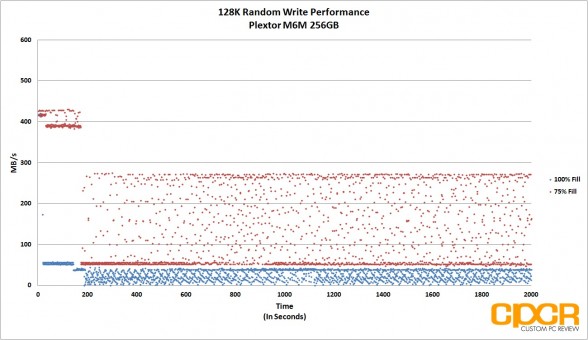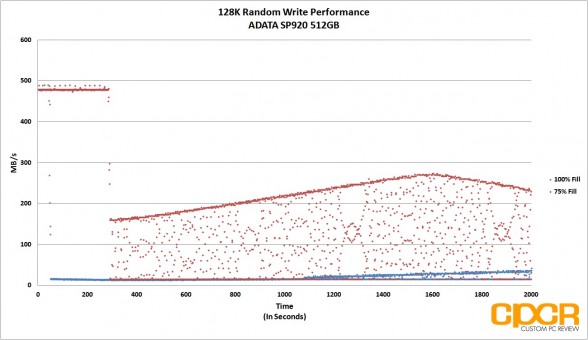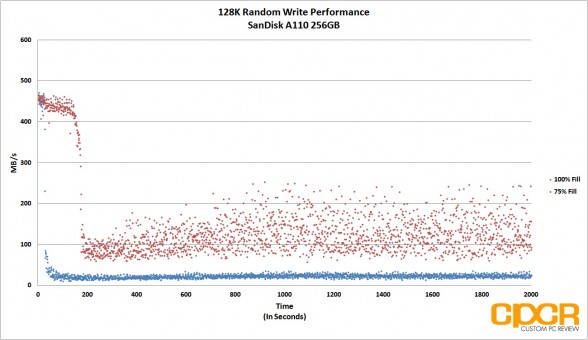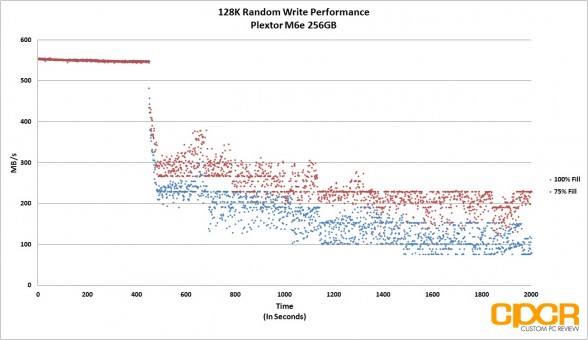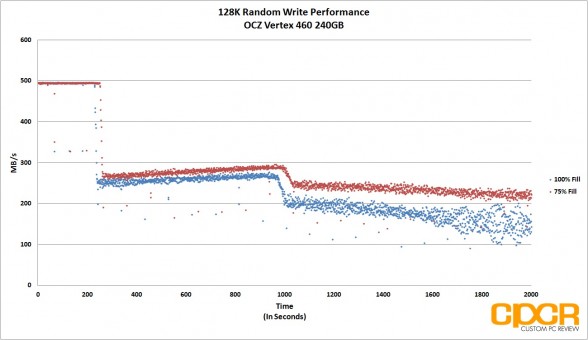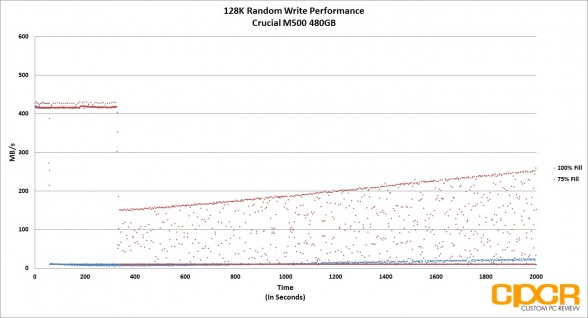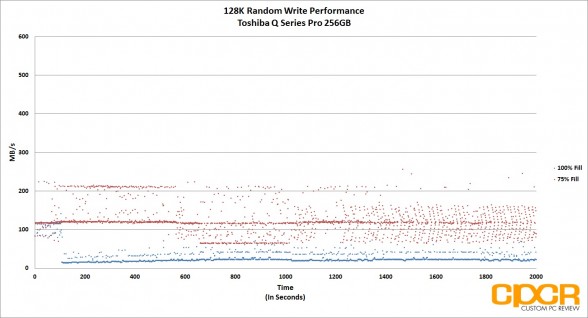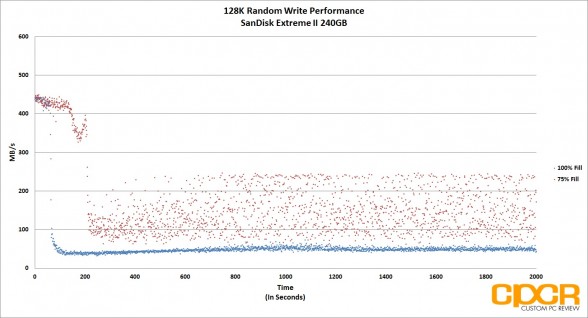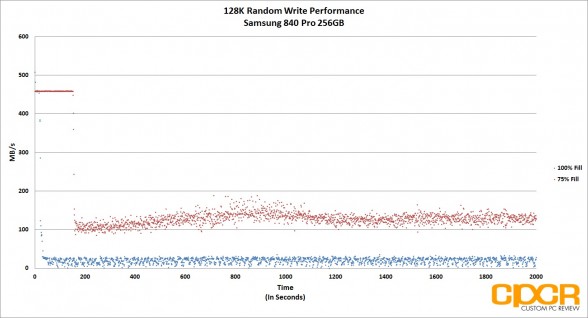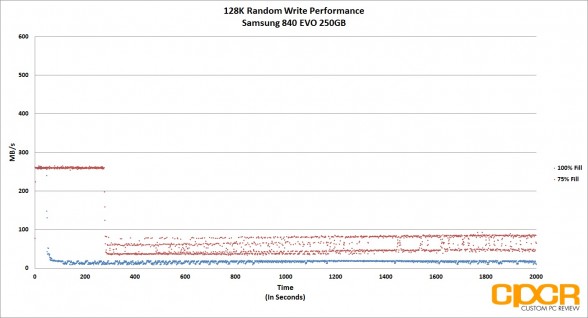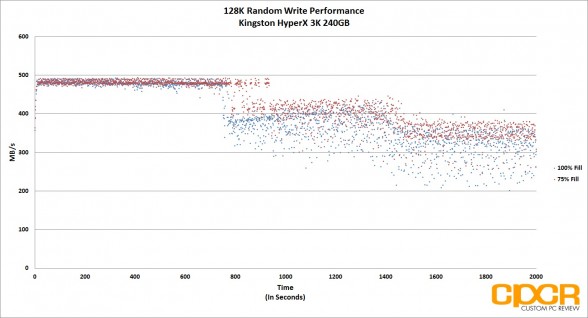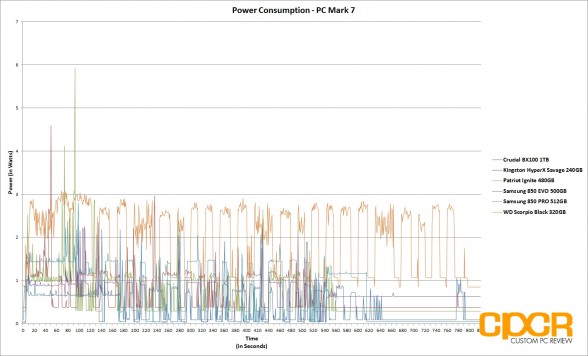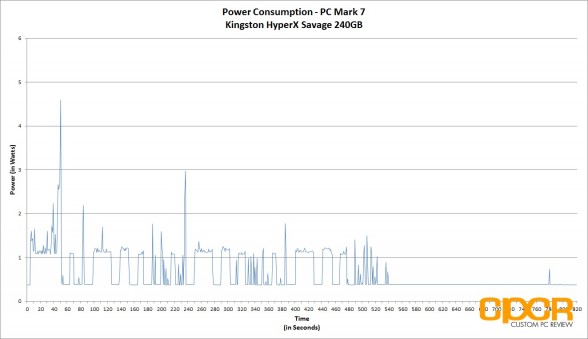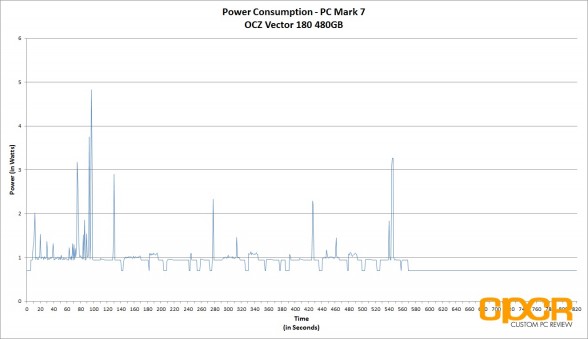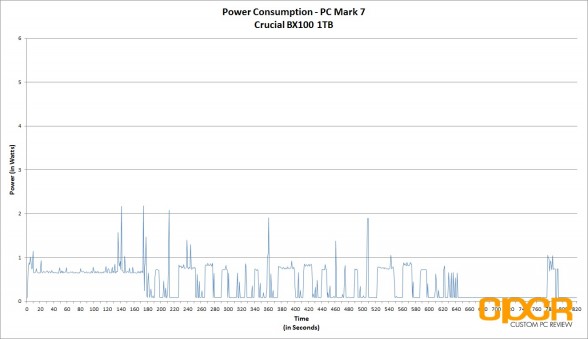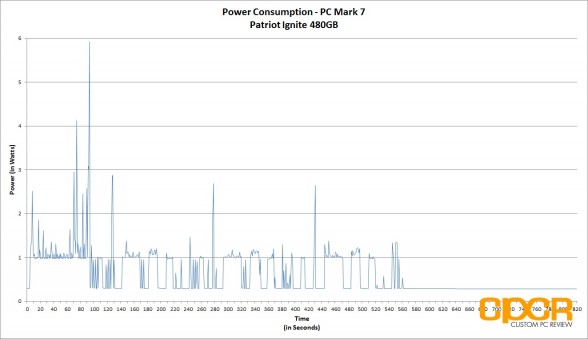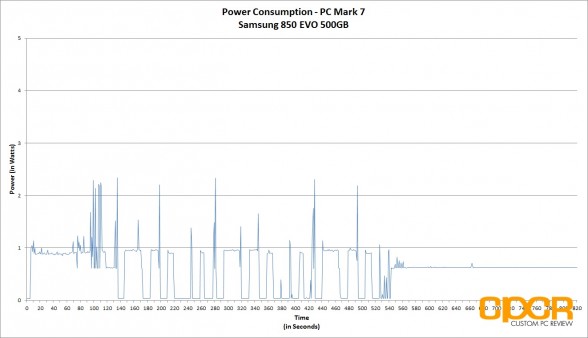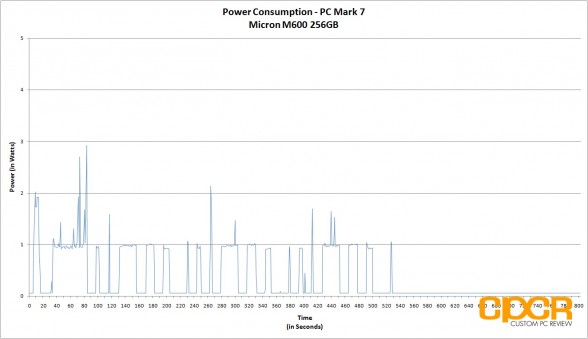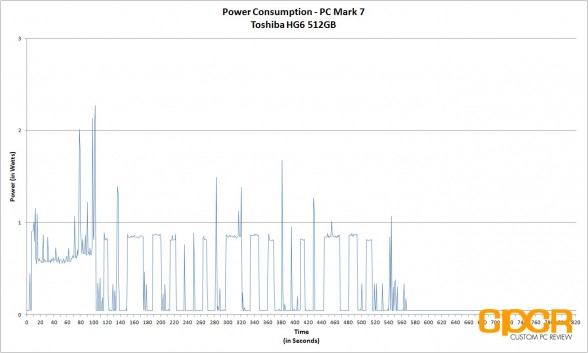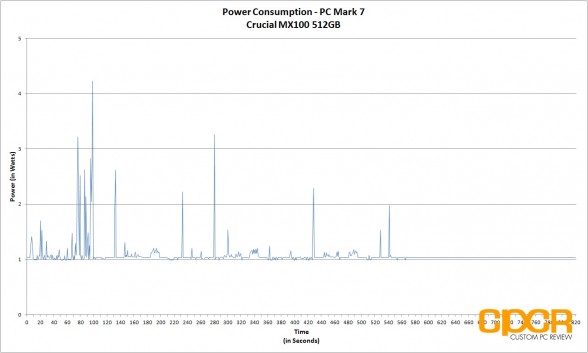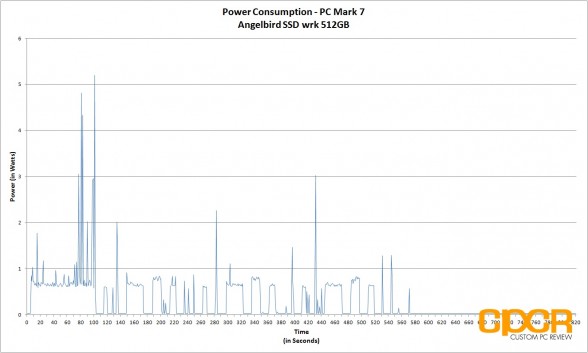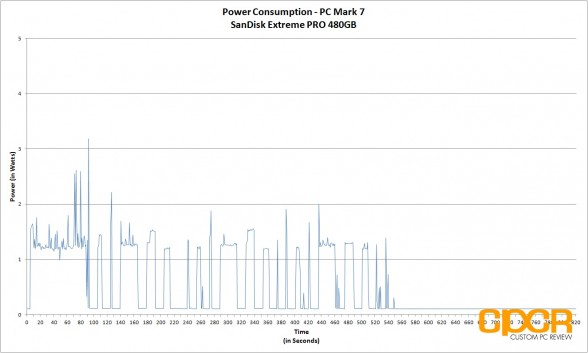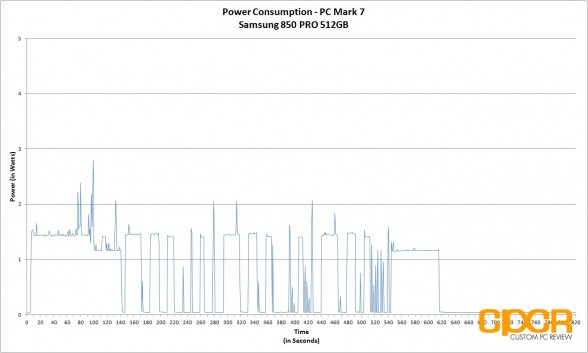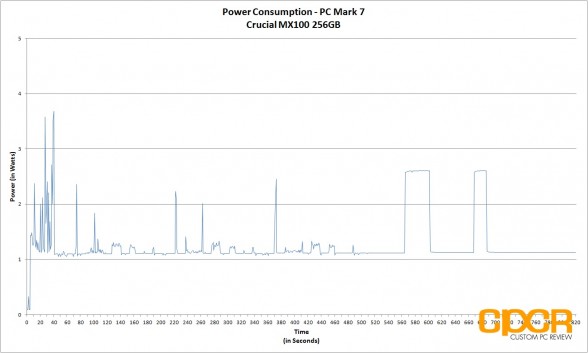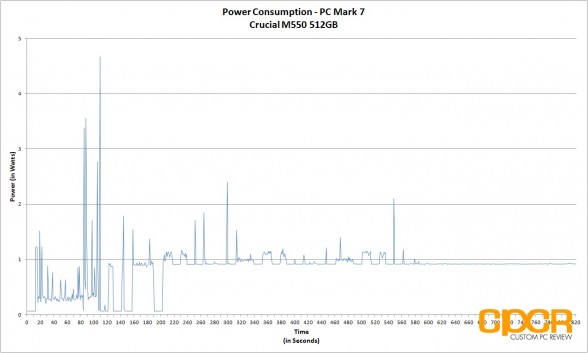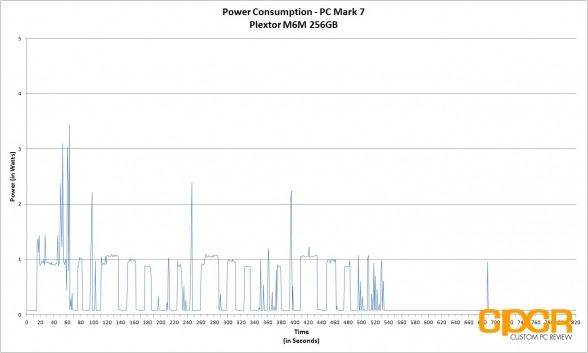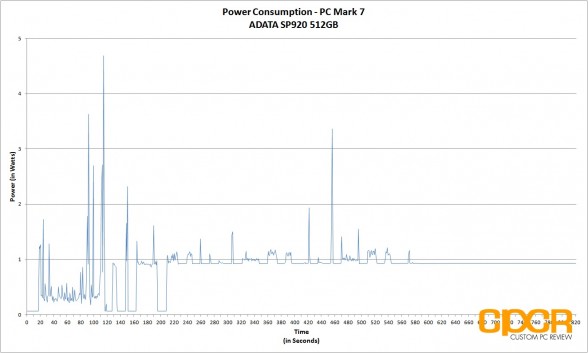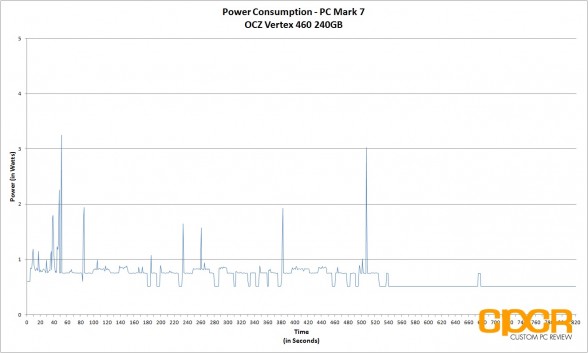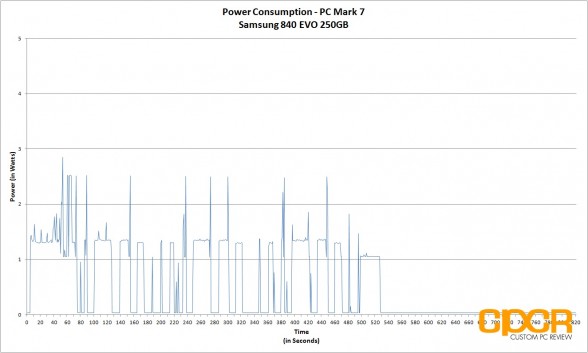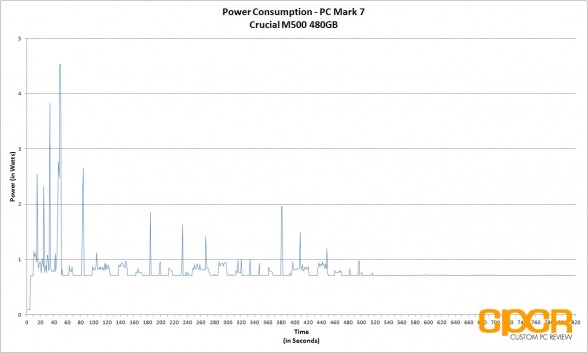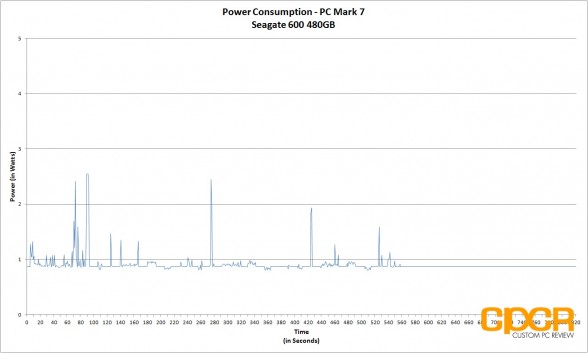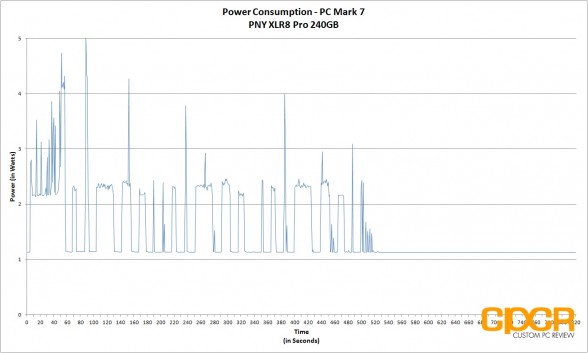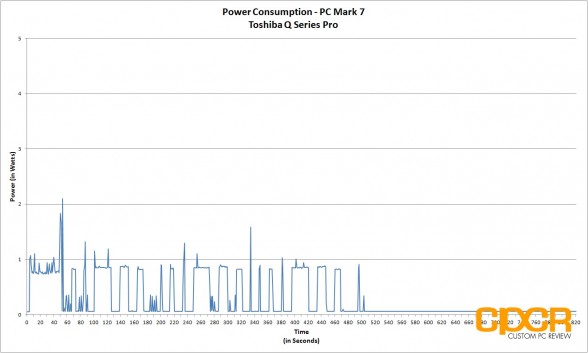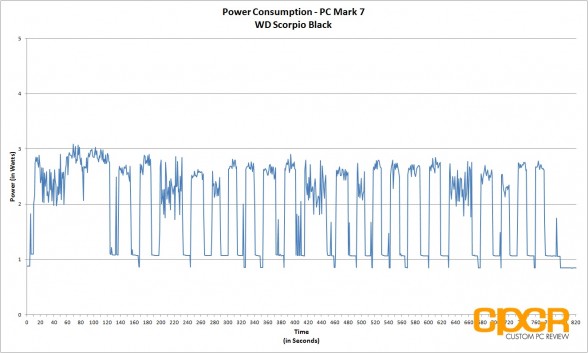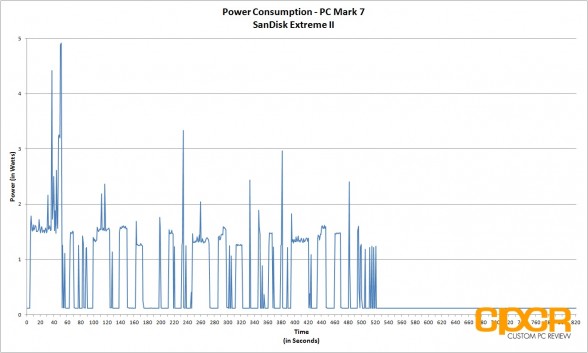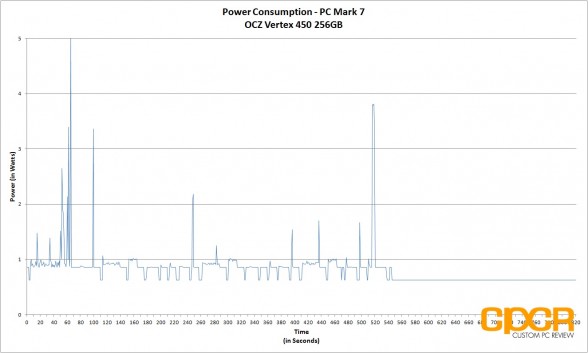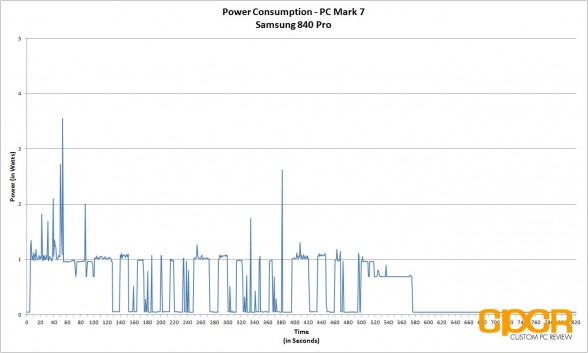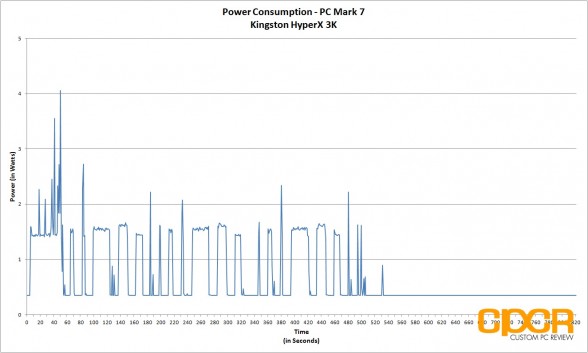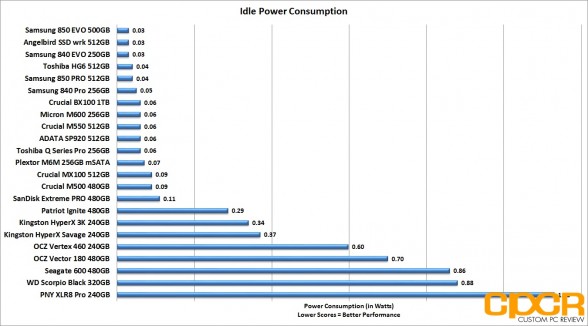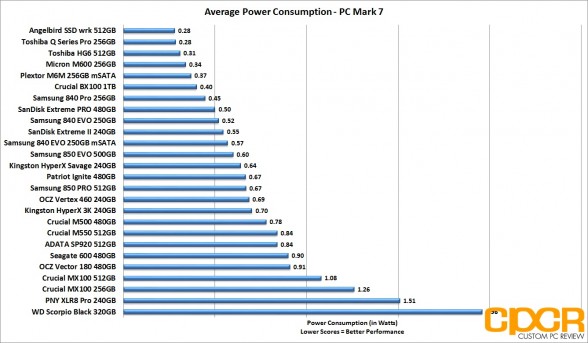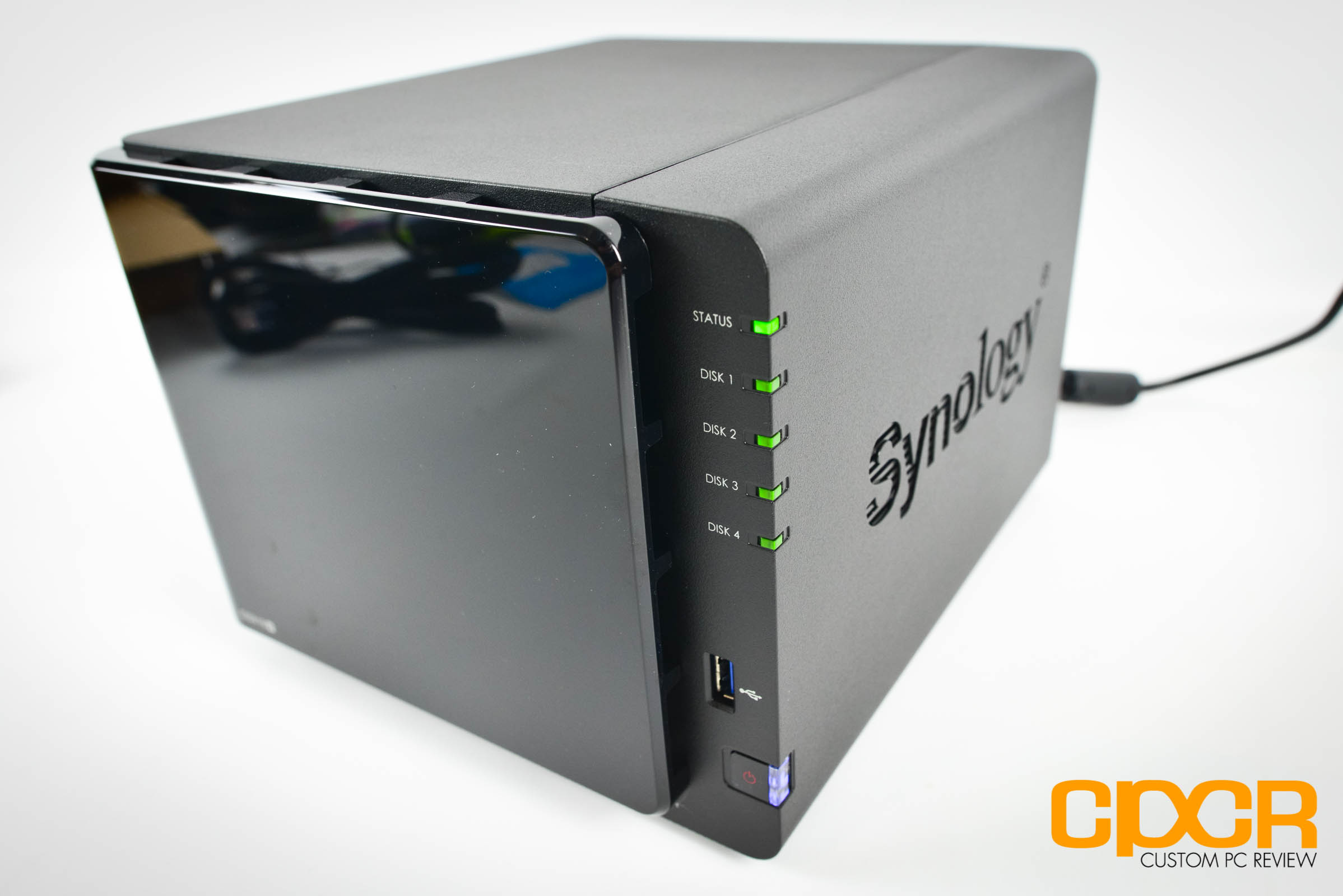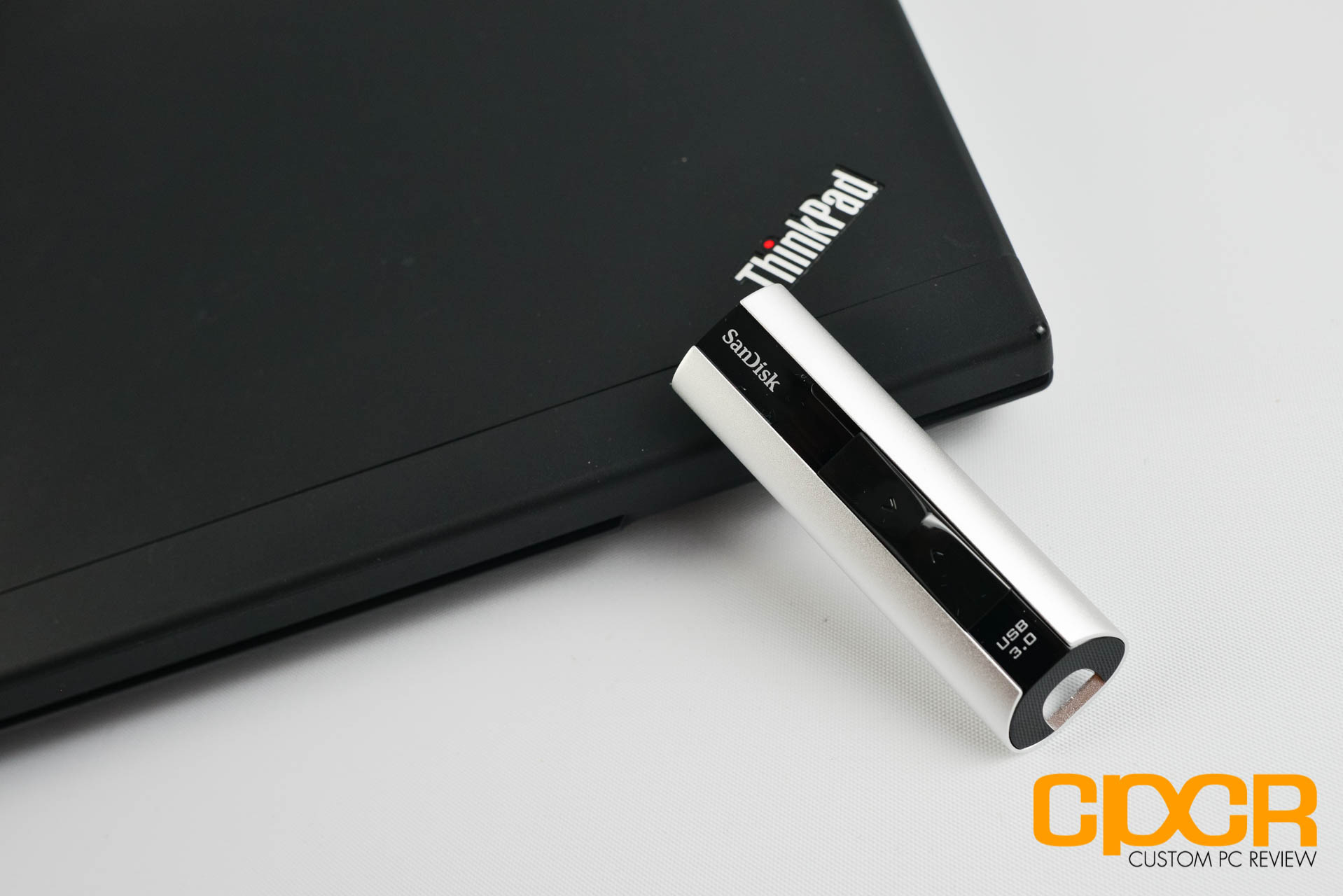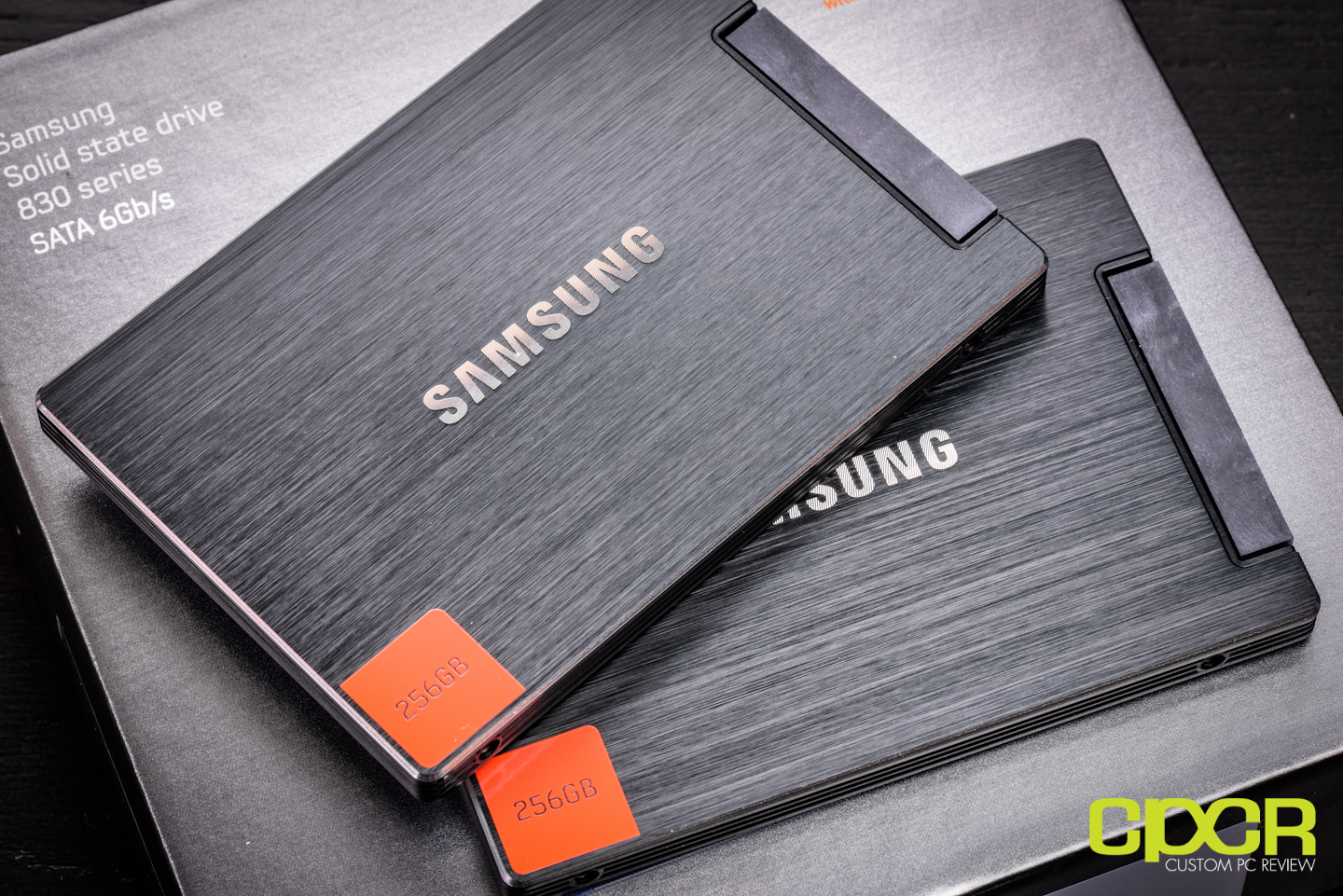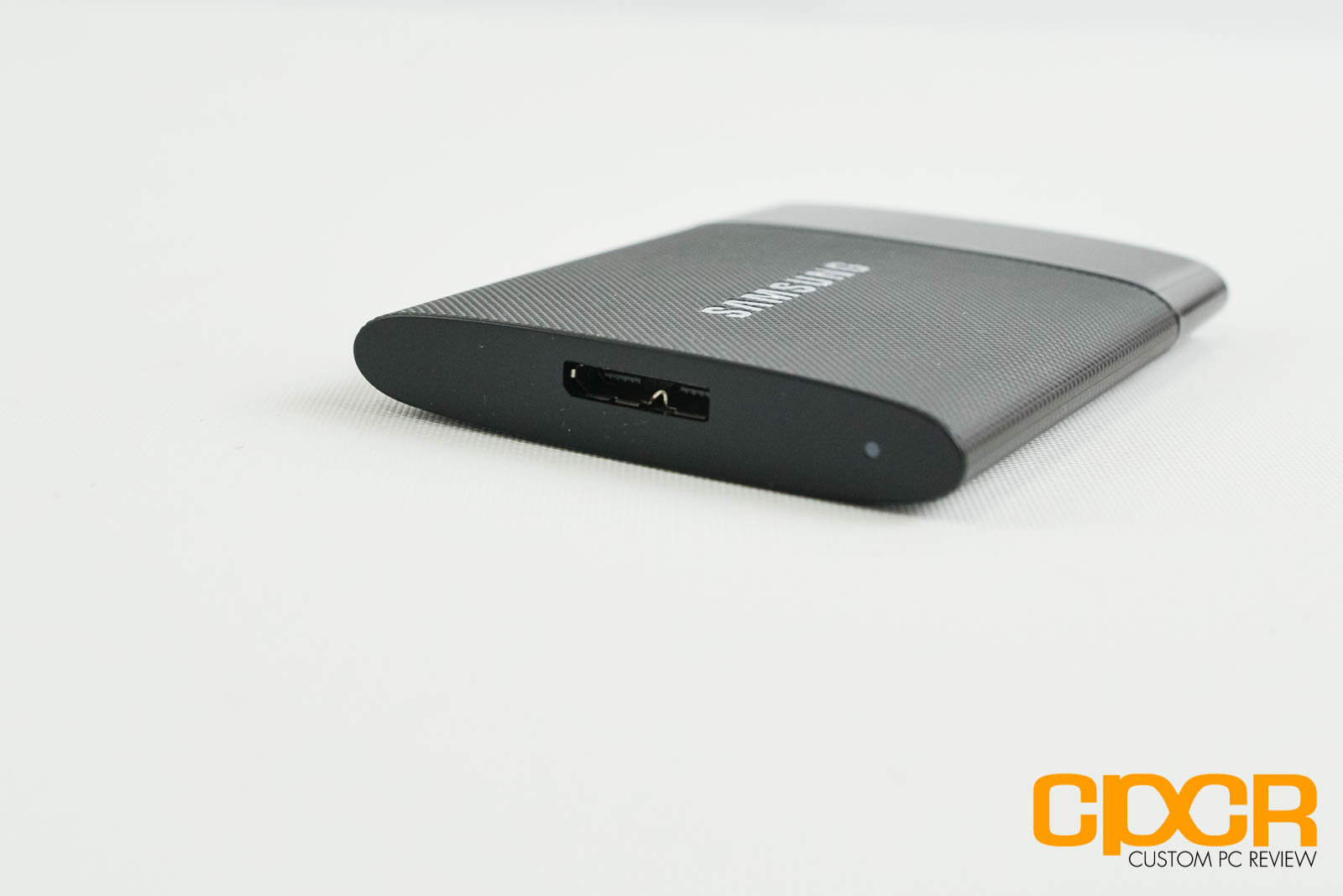[section label=1. Introduction]
Kingston’s New Mid-Tier HyperX SSD
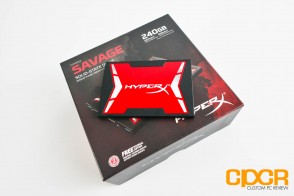 At CES earlier this year, Kingston had probably one of the biggest product showings we’ve seen in the past few years. Along with new flash drives, memory cards, and gaming peripherals, Kingston also showed off several new SSDs including their new flagship HyperX Predator PCIe SSD, several new enterprise SSDs, and a new mid-range HyperX SATA SSD, the Kingston HyperX Savage.
At CES earlier this year, Kingston had probably one of the biggest product showings we’ve seen in the past few years. Along with new flash drives, memory cards, and gaming peripherals, Kingston also showed off several new SSDs including their new flagship HyperX Predator PCIe SSD, several new enterprise SSDs, and a new mid-range HyperX SATA SSD, the Kingston HyperX Savage.
After several years of selling the SandForce SF-2281 powered HyperX and HyperX 3K SSDs as the Kingston HyperX SSD lineup, Kingston is now moving to newer controller technologies with the HyperX Predator using Marvell and the HyperX Savage using Phison. Of course, Kingston isn’t new to using Phison controllers. Kingston has had a good relationship with Phison previously in their value drives, but this marks the first time Kingston will use a high performance Phison controller in their premium HyperX lineup.
Kingston HyperX Savage 240GB Specifications
| Manufacturer | Kingston | Kingston | Kingston | Kingston |
|---|---|---|---|---|
| Model | HyperX Savage | HyperX Savage | HyperX Savage | HyperX Savage |
| Model Number | SHSS37A/120G | SHSS37A/240G | SHSS37A/480G | SHSS37A/960G |
| Form Factor | 2.5″, 7mm | 2.5″, 7mm | 2.5″, 7mm | 2.5″, 7mm |
| Capacity | 120GB | 240GB | 480GB | 960GB |
| Controller | Phison PS3110-S10 | Phison PS3110-S10 | Phison PS3110-S10 | Phison PS3110-S10 |
| NAND | Toshiba 19nm Toggle Mode MLC | Toshiba 19nm Toggle Mode MLC | Toshiba 19nm Toggle Mode MLC | Toshiba 19nm Toggle Mode MLC |
| Sequential Reads | 560MB/s | 560MB/s | 560MB/s | 560MB/s |
| Sequential Writes | 360MB/s | 530MB/s | 530MB/s | 530MB/s |
| 4K Random Read | 100,000 | 100,000 | 100,000 | 99,000 |
| 4K Random Write | 84,000 | 89,000 | 88,000 | 89,000 |
| Interface | SATA 6Gb/s | SATA 6Gb/s | SATA 6Gb/s | SATA 6Gb/s |
| Warranty | 3 Years, 113TBW | 3 Years, 306TBW | 3 Years, 416TBW | 3 Years, 681TBW |
The Kingston HyperX Savage will be available in 4 capacities – 120GB, 240GB, 480GB, and 960GB. Kingston will offer the HyperX Savage in either the bare drive only or with a full migration kit. Kingston will only offer the HyperX Savage in the standard 2.5″ 7mm SATA form factor.
Internal component makeup of the Kingston HyperX Savage will include Phison’s S10 (PS3110-S10) controller paired with Toshiba 19nm Toggle Mode MLC. Several weeks ago, we took a look at the Patriot Ignite 480GB SSD which paired the Phison S10 with IMFT’s 16nm Asynchronous MLC NAND, so it’ll be interesting to see the performance difference between asynchronous MLC and toggle mode MLC. Sequential read/write performance on the Kingston HyperX Savage is rated at up to 560 MB/s sequential reads and 530 MB/s sequential writes while 4K performance is rated at up to 100,000 IOPS 4K random read and 89,000 IOPS 4K random write.
Let’s take a closer look!
[section label=2. A Closer Look]
A Closer Look at the Kingston HyperX Savage 240GB
Here’s a look at the packaging for the Kingston HyperX Savage 240GB.
For our sample, we received the HyperX Savage with the migration kit which includes a host of accessories including a 2.5″ to 3.5″ adapter, mounting screws, a SATA cable, 2mm riser, screwdriver, HyperX sticker, Acronis software key, and a external USB 3.0 SSD enclosure.
For the HyperX Savage, Kingston is using the Phison PS3110-S10-X controller, which is a controller we’ve seen in the recently reviewed Patriot Ignite SSD. The Phison PS3110-S10-X is a relatively high end SATA 6Gb/s controller featuring four cores and eight channels.
Although Kingston may be branding and packaging their own NAND, NAND onboard the Kingston HyperX Savage 240GB is actually Toshiba 19nm Toggle Mode MLC. Toshiba’s 19nm Toggle Mode MLC has been here for a while, so no introductions are necessary. For the HyperX Savage 240GB, Kingston is utilizing 16x16GB NAND packages.
Kingston is also using 256MB of Nanya DDR3 1600MHz DRAM for the DRAM buffer.
[section label=3. Testing Setup, Drive Info, Software]
Testing Setup
| System | CyberPowerPC Gamer Xtreme 4200 |
|---|---|
| CPU | Intel Core i7-4770K |
| Motherboard | ASUS Z87-A |
| Memory | Kingston HyperX Genesis 16GB DDR3 2133MHz |
| Graphics | Intel HD4600 Graphics |
| Storage | OCZ Vertex 4 256GB |
| Power Supply | Corsair HX650 |
| Case | HSPC High Speed Tech Station |
| Optical Drive | ASUS OEM DVD Drive |
| Operating System | Windows 8 64 bit & CentOS 6.4 |
Special thanks to CyberPowerPC, Kingston, OCZ Storage Solutions and HSPC for sponsoring our test bench!
Crystal Disk Info
Kingston HyperX Savage 240GB
Today we’ll be reviewing the Kingston HyperX Savage 240GB with the firmware SAFM00.r.
[section label=4. ATTO Disk Benchmark / AS SSD / Crystal Disk Mark]
Kingston HyperX Savage 240GB Performance
ATTO Disk Benchmark v2.46
ATTO Disk Benchmark is one of the industry’s oldest and most popular benchmarks for testing disk read/write speeds. This benchmarks allows read and write testing using predefined block sizes and gives us a good idea of read/write speeds with different sized files. Most SSD manufacturers prefer using this benchmark when advertising SSDs as it tests using compressible data, which tends to yield best performance.
Performance Analysis
Performance in ATTO Disk Benchmark is strong. The Kingston HyperX Savage was able to reach 559MB/s sequential reads and 538MB/s sequential writes, which is among the fastest we’ve seen for a SATA SSD.
AS SSD Benchmark
AS SSD is a very commonly used benchmark used to measure SSD performance in sequential, 4K, 4K QD64 and latency. Tests are run using 100% incompressible data. AS SSD also outputs a final score at the conclusion of the test based off the overall performance of the drive.
Additionally, we also run AS SSD’s included compression benchmark which tests the drive using data of varying compressibility. Some SSDs such as SandForce based SSDs tend to perform significantly better when the data is compressible.
Performance Analysis
AS SSD performance is very good as well. Total score reached 1,221 which is among the best for a SATA SSD. Compression does not appear to affect the drive.
Crystal Disk Mark 3.0.1 x64
Crystal Disk Mark is another popular benchmark which allows us to measure both sequential read/write speeds as well as random read/write speeds. With this benchmark, tests can be run using both random fill (incompressible data) and 0 fill (compressible data). Realistically in typical computer usage scenarios, data being transferred will consist of a mixture of both incompressible and compressible data.
Performance Analysis
In Crystal Disk Mark, we see similar performance results in all categories. The HyperX Savage is off to a good start. Let’s move on to some trace benchmarks.
[section label=5. PC Mark 7 / PC Mark 8]
Kingston HyperX Savage 240GB Performance
PC Mark 7 Storage Benchmark
The PC Mark 7 storage benchmark is a trace based benchmark that evaluates the SSD under many different real world environments such as gaming, multimedia editing, etc. PC Mark 7 uses a relatively light workload, which represents a typical mainstream client storage sub-system workload.
Performance Analysis
In PC Mark 7, the performance of the Kingston HyperX Savage was quite strange. Despite performing so well in our previous testing in ATTO Disk Benchmark, AS SSD, and Crystal Disk Mark, the HyperX Savage performed relatively poorly against the competition in PC Mark 7, coming in near last place against competing SSDs. The only SSD to perform worse here is the Patriot Ignite which uses the same Phison S10 controller paired with slower asynchronous MLC NAND.
PC Mark 8 Expanded Storage Benchmark
With the introduction of PC Mark 8 2.0.228, Futuremark added the option for an Expanded Storage Benchmark which is literally designed to bring any storage system its absolute limits. The new PC Mark 8 Expanded Storage Benchmark takes around 24 hours to run and for our purposes, we’ll be using the consistency test which measures performance consistency, degradation tendency, and recovery speed of a storage system.
Consistency Test
Full details on the consistency test can be found in the PC Mark 8 Technical Guide here. For the more simplified version, the test is basically a near 24 hour, five phase benchmark – three of which we’ll be reporting on in our results below.
- Phase 1 is a precondition phase designed to “dirty” the drive with random data. The entire drive is filled twice to the capacity of the drive.
- Phase 2 is a degrade phase where the drive is hammered with tons of random data followed by a performance test run. This is done 8 times.
- Phase 3 is the steady state phase where the drive is once again hammered with tons of random data followed by a performance test run. This is done 5 times.
- Phase 4 is the recovery phase where the drive is given 5 minutes to rest followed by a performance test run. This is done 5 times.
- Phase 5 is the clean up phase where the drive is simply secure erased.
Performance Analysis
In PC Mark 8’s expanded storage benchmark, the Kingston HyperX Savage performed relatively well against competing mainstream SSDs although it’s still quite a bit slower than enthusiast SSDs such as the Samsung 850 PRO. It’s disappointing to see however that the HyperX Savage isn’t significantly faster than the Patriot Ignite despite using significantly better NAND.
[section label=6. FIO – FOB]
Kingston HyperX Savage 240GB Performance
FIO (Flexible I/O Tester)
FIO, which stands for Flexible I/O Tester, is basically what its name says – a flexible I/O tester / I/O workload generator. Whereas all the benchmarking tools we’ve used previously are fantastic, easy to use benchmarking tools that provide a good snapshot of SSD performance, they do lack a lot of versatility, especially for more complex and in-depth operations such as custom queue depths, block sizes, test run times, etc. While the testing that follows may not pertain to typical consumer usage, they do help give us a much more in-depth look at each individual product’s strengths and weaknesses when they’re pushed to the limits.
FIO – FOB (Fresh Out of the Box) Testing
When SSDs are brand new and Fresh Out of the Box, they’re generally able to perform at or outperform their advertised speeds, but unlike traditional hard drives, performance on SSDs begin to degrade over time as they become more and more used. This is because while SSDs are new, all bits on the SSD are empty, so they can instantly be programmed with data. However, once data gets programmed in, even if it’s deleted in the filesystem the actual data will still stay programmed on the NAND itself unless some sort of garbage collection routine comes in to wipe the data. Unfortunately, in order to write new data onto “dirty” NAND, the NAND first needs to go through an erase cycle to erase the old data before a program cycle can happen to program new data, which as you may imagine takes more time than just a simple program cycle. As this only happens when writing new data onto the SSD, you’ll generally see less performance degradation on reads and more performance degradation on writes.
For our FOB testing, we run a secure erase on the SSD then run each test sans any preconditioning. This will provide us with the highest level of performance the SSD is capable of and is likely never to be seen ever again once the SSD goes into a used state.
Our testing will include 4K read testing, 4K write testing, and 4K 70/30 read/write mix testing at queue depths of 1,2,4,8,16,32,64,128,256. The reason we’ve also included 4K 70/30 read/write mix testing is simply because most real world workloads will always fall somewhere between 0% write and 100% write rather than one or the other. Since client usage is much more read heavy, we’ll be using the 70/30 read/write mix.
For general client usage, performance will fall somewhere between queue depths of 1-4 whereas servers and other enterprise applications will easily see queue depths of 32 or greater.
Performance Analysis
Fresh out the box, the Kingston HyperX Savage was able to reach 100,000 IOPS 4K random read which is very competitive among other SATA SSDs. However fresh out of the box random write performance was very poor, failing to break 35,000 IOPS despite several retests. Since Kingston’s specifications on the HyperX Savage’s random write performance states that it should be capable of up to 89,000 IOPS, I’m quite confused on how this was possible. 4K random mixed 70%/30% workload performance is also relatively poor compared to competing SSDs as well. Somehow in the mixed workload benchmark, the HyperX Savage also managed to come in slightly slower than the Patriot Ignite, which is strange.
[section label=7. FIO – Steady State]
Kingston HyperX Savage 240GB Performance
FIO – Steady State Testing
After prolonged use of an SSD, it will reach “steady state” where performance levels off to a minimum level. The FOB state is the “best case scenario” for SSD performance while “steady state” is going to be your worst. Here, we ran the exact same set of benchmarks we just completed in the FOB state; except this time around, we’ll be preconditioning the drive by filling 100% of the drive’s LBAs with two sequential passes of 128k data followed by hammering the drive for six hours with 4K random data prior to actual testing.
Performance Analysis
Steady state performance on the Kingston HyperX Savage is relatively poor as well, which isn’t surprising for a mainstream product. Again, there isn’t much of a performance improvement with the HyperX Savage against the Patriot Ignite which is strange.
[section label=”8. FIO – 4K Random Write Consistency”]
Kingston HyperX Savage 240GB Performance
FIO 4K Random Write Consistency Testing
Another one of the benefits of testing with FIO is the flexibility of running consistency tests, which is one of the most important metrics when considering SSDs going forward. Looking at the results of our benchmarks such as ATTO Disk Benchmark and Crystal Disk Benchmark, we can see that practically every top tier SSD is capable of saturating SATA 6Gb/s in the FOB state. However, what really differentiates these SSDs is their ability to hold a certain level of performance even after extended periods of use.
For our consistency testing, we used a fairly standard method, which includes both filling up 75% of capacity as well as 100% capacity twice with sequential 128k data followed by the actual test itself, which is simply running 4K random writes at a queue depth of 32. By recording the IOPS every second for 2,000 seconds, we’re able to get a good look at what kind of performance can be expected when the drive is relatively new, when it’s heading towards steady state, and when it’s actually in steady state.
[tabgroup]
[/tabgroup]Performance Analysis
4K random write consistency is fairly poor on the Kingston HyperX Savage. Performance varied all the way from 70,000 IOPS down to 2,500 IOPS.
[section label=”9. FIO – 4K Random Write Latency”]
Kingston HyperX Savage 240GB Performance
FIO 4K Random Write Latency Testing
Another metric that’s becoming increasingly important in SSDs is its ability to keep latency low despite being subjected to a heavy workload. Even if a SSD were capable of ultra high and ultra consistent IOPS performance, if latency were high, users would still feel that the drive is slow. Ideally, SATA SSDs should always be capable of latencies under 50ms, even during heavy workloads.
For latency testing, we’ll be using the exact same testing parameters as IOPS consistency testing, except instead of recording IOPS every second, we’ll be recording latency.
[tabgroup]
[/tabgroup]Performance Analysis
Latency on the HyperX Savage is acceptable, but I wouldn’t call it good. Latency is kept around the 50ms mark except in very few instances. I would’ve preferred to see latency kept strictly under 50ms at the very least.
[section label=”10. FIO – 128K Random Write”]
Kingston HyperX Savage 240GB Performance
FIO 128K Random Write Consistency Testing
In addition to testing 4K random write consistency, we’ll also test for 128K random write consistency to see how well a SSD is able to hold itself to a level of performance when getting hammered with larger file transfers.
Testing methodology is very similar to our testing for 4K random write consistency. We use a fairly standard method, which includes both filling up 75% of capacity as well as 100% capacity twice with sequential 128k data followed by the actual test itself, which is running 128K random writes at a queue depth of 32. By recording the IOPS every second for 2,000 seconds, we’re able to get a good look at what kind of performance can be expected when the drive is relatively new, when it’s heading towards steady state, and when it’s actually in steady state.
[tabgroup]
[/tabgroup]Performance Analysis
Similar to 4K random writes, 128K random writes were inconsistent at best with performance constantly ranging from highs of 175MB/s down to lows of a mere 9MB/s with the drive at 100% fill. At 75% fill, the variance ranged from 230MB/s down to 9MB/s which again is quite poor.
[section label=”11. Power Consumption”]
Kingston HyperX Savage 240GB Power Consumption
Previously, our power consumption analysis only tested for idle and maximum load power consumption, but we felt that this was a bad way to accurately measure power consumption. The reason for this is because SSDs tend to be bursty while in operation and will spike in power usage, but only for very short periods of time. As such, many of our SSDs appeared to have even higher power consumption than traditional hard drives, which is untrue.
In order to better represent a drive’s power consumption, our solution was to run a test closer to the real-world and record a trace of the exact power consumption during testing. Since PC Mark 7 has been recognized by the industry as a fantastic real-world benchmark, we’ll be recording the drive’s power consumption while running the benchmark.
All tests below are measured by our B&K Precision 5491B Bench Multimeter tapped directly into the 5v line running from the power supply to the drive. All testing here is conducted with “HIPM (Host Initiated Power Management)/DIPM (Device Initiated Power Management)” enabled and “AHCI Link Power Management – Adaptive” set to 0 milliseconds for maximum power efficiency.
[tabgroup]
[/tabgroup]Performance Analysis
Power consumption on the Kingston HyperX Savage isn’t the worst on our charts (that title goes to OCZ drives with their Barefoot 3 controller), but it’s nowhere near the best. Idle power consumption sat at a relatively high 0.37w while active power consumption came in at an average of 0.64w while running the PC Mark 7 Secondary Storage Benchmark.
[section label=12. Conclusion]
Kingston HyperX Savage 240GB Conclusions
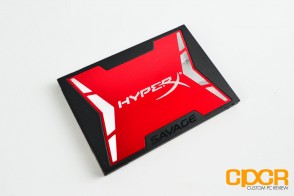 Although I had previously heard about the Phison S10 performance issues, I had some pretty high hopes for the HyperX Savage. Several weeks ago, I reviewed the Patriot Ignite which offered decent performance for a drive carrying cheapo asynchronous NAND, so I was expecting some pretty good performance out of the HyperX Savage. Unfortunately, this wasn’t exactly the case.
Although I had previously heard about the Phison S10 performance issues, I had some pretty high hopes for the HyperX Savage. Several weeks ago, I reviewed the Patriot Ignite which offered decent performance for a drive carrying cheapo asynchronous NAND, so I was expecting some pretty good performance out of the HyperX Savage. Unfortunately, this wasn’t exactly the case.
While not completely terrible, performance on the HyperX Savage is really quite mediocre for a mid-tier SSD. It just wasn’t as inspiring as I’d hoped and even makes the outgoing three year old HyperX 3K look pretty good. Performance only slightly edged out the Patriot Ignite despite the Kingston HyperX Savage using significantly faster NAND. This clearly shows a limitation of the Phison S10 controller and its firmware which should’ve been addressed before the drive was released. Good news is that Phison is expected to release a performance firmware update for the Phison S10 this month, but we haven’t heard anything about the new firmware update so it’ll pretty much come out when it does. Hopefully sooner than later.
Power consumption on the HyperX Savage was average. The drive does draw slightly more power than what we’ve seen from Samsung, Silicon Motion, Toshiba and Marvell powered controllers, but at least it does provide significantly better power consumption against OCZ drives.
| Manufacturer | Kingston | Kingston | Kingston | Kingston |
|---|---|---|---|---|
| Model | HyperX Savage | HyperX Savage | HyperX Savage | HyperX Savage |
| SKU | SHSS37A/120G | SHSS37A/240G | SHSS37A/480G | SHSS37A/960G |
| Capacity | 120GB | 240GB | 480GB | 960GB |
| Street Price | $74.99 | $109.99 | $230.99 | $492.27 |
| Price/GB | ~$0.63 | ~$0.46 | ~$0.48 | ~$0.51 |
| Check Price | Click Here | Click Here | Click Here |
Currently the Kingston HyperX Savage 240GB in its bare drive form can be found for ~$109.99 which translates to ~$0.46/GB. While I have no reason to believe that it’ll be an unreliable drive, it really needs to be priced quite a bit lower to be competitive. Unfortunately, I have heard that the Phison S10 is a relatively expensive controller as it’s designed for not only consumer, but enterprise applications as well so unless Kingston resorts to cheaper NAND or Phison is giving Kingston a great deal here, we probably won’t see some major changes in pricing. If the drive is to sell well at this price, Phison’s new S10 firmware really needs to come out yesterday and it better be amazing.
Overall, the Kingston HyperX Savage feels like an incomplete product with a high pricetag that simply can’t be justified. We’ll be sure to revisit the drive once the Phison S10 performance firmware arrives, but until then I simply can’t recommend it at its current price. Sure if you come across a firesale on one, I’d snatch one up, but otherwise there are plenty of options. These days you can easily find the far better Samsung 850 EVO priced as low as ~$0.43/GB, or budget SSDs such as the Crucial MX100 priced as low as $0.36/GB.
Sample provided by: Kingston Technology
Availability: Amazon

